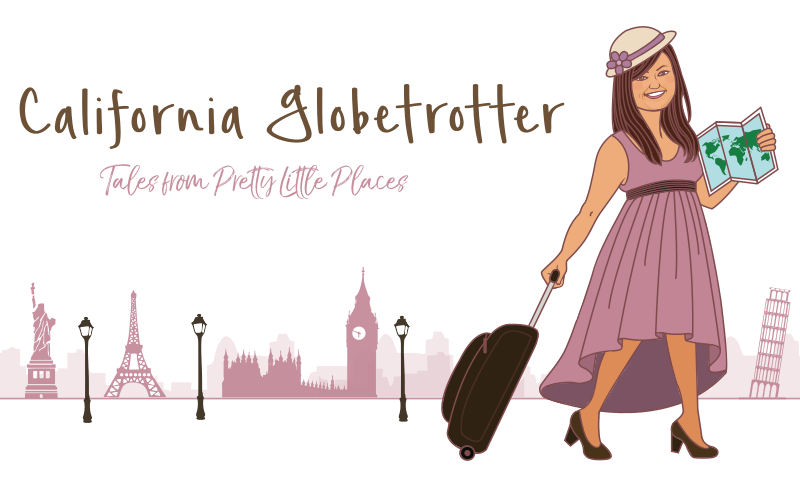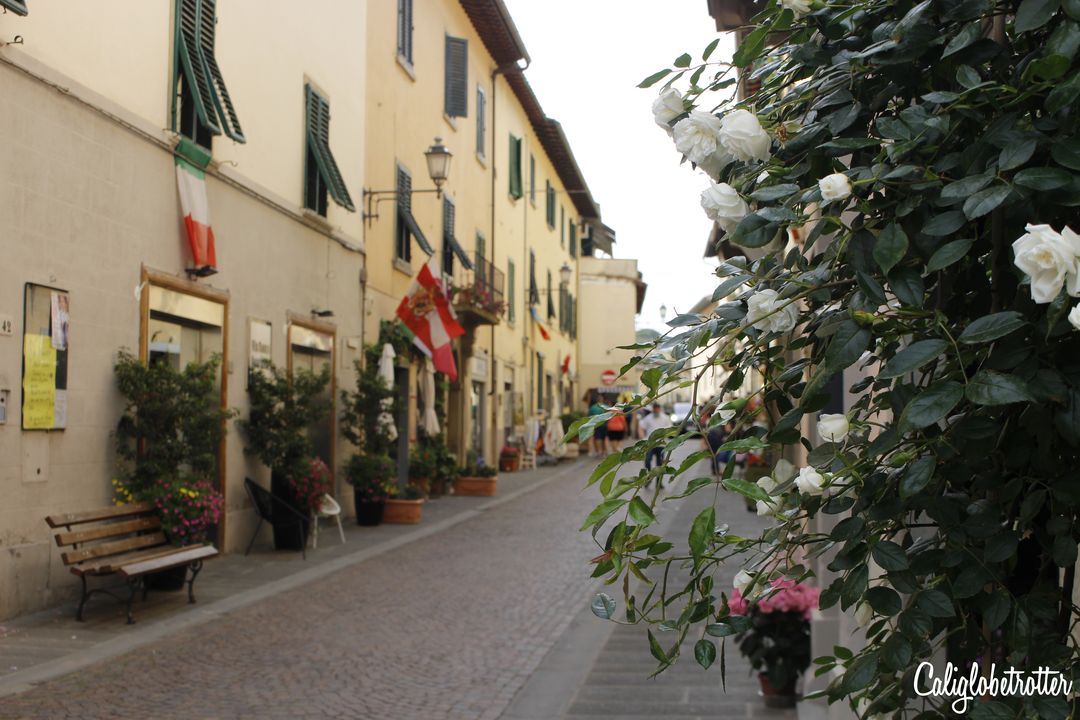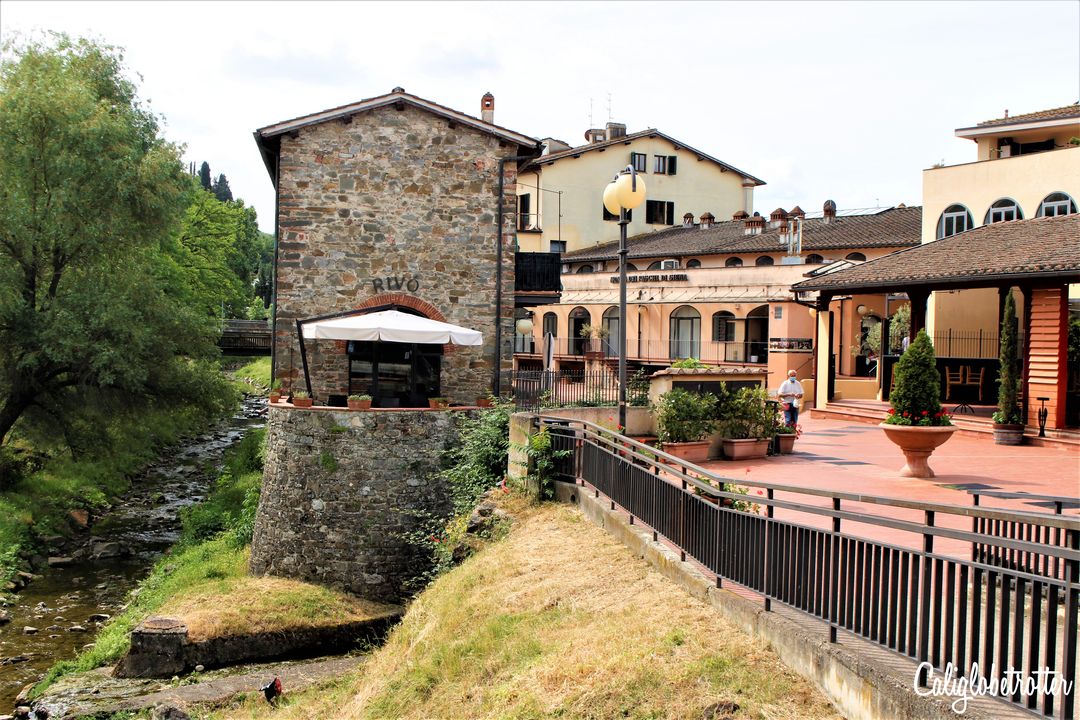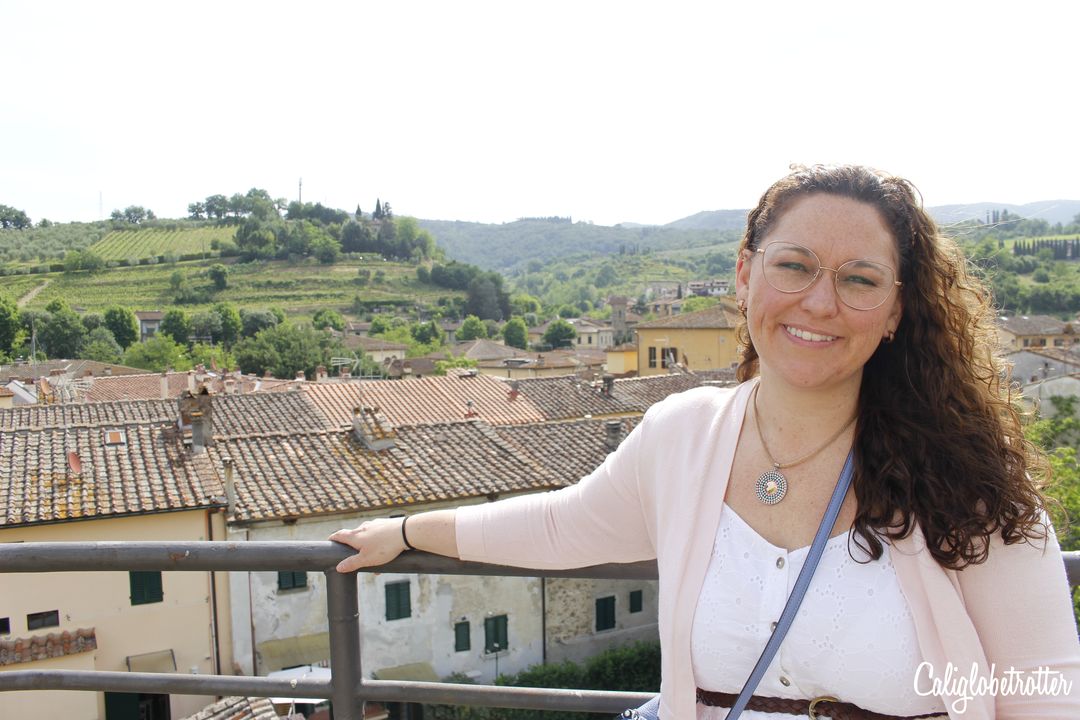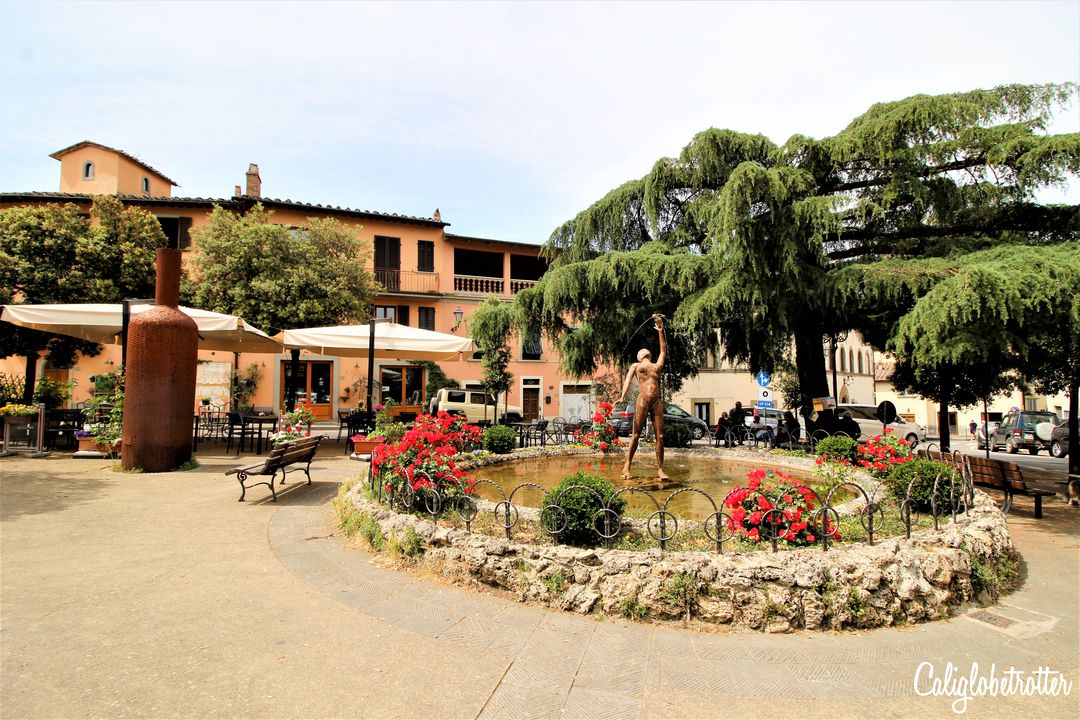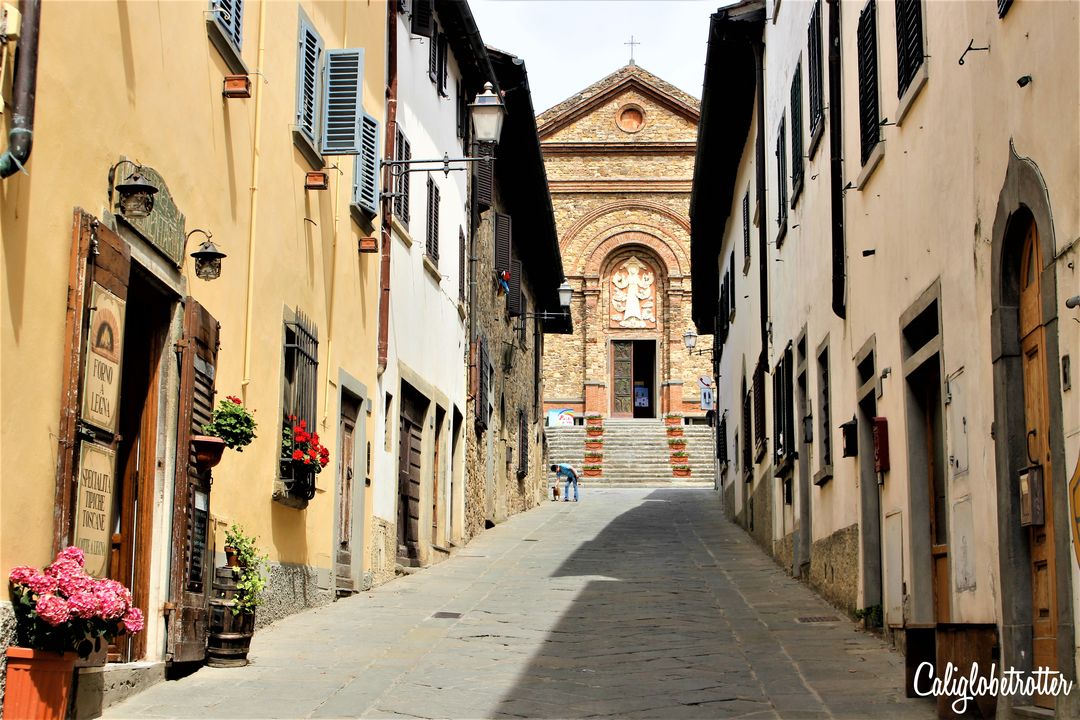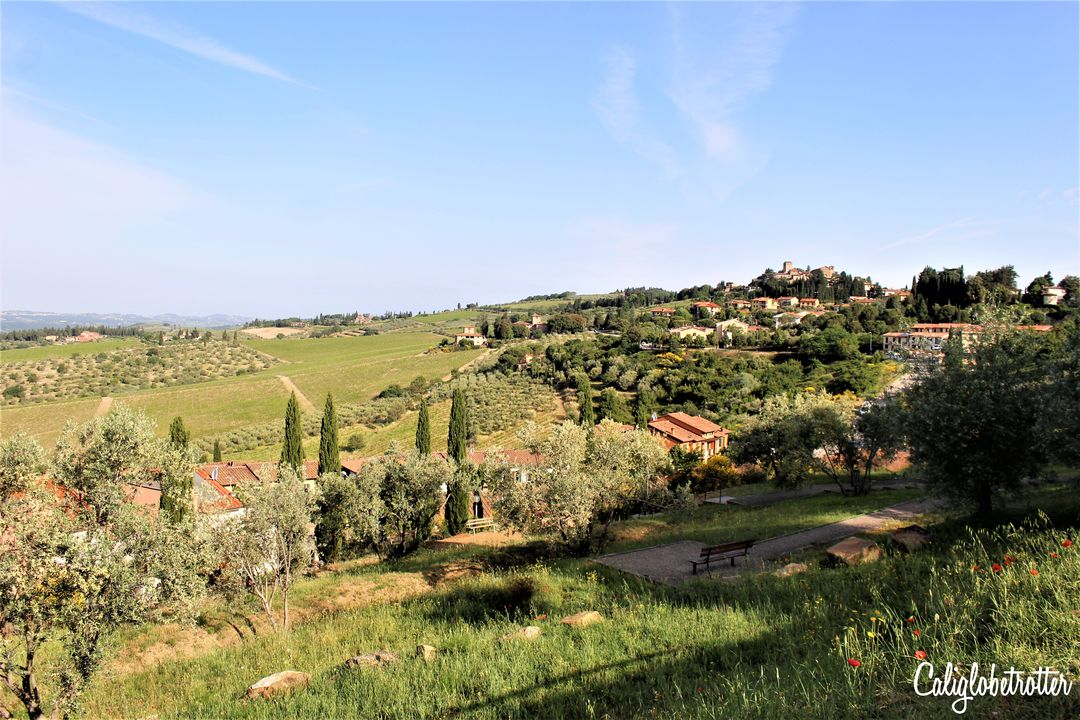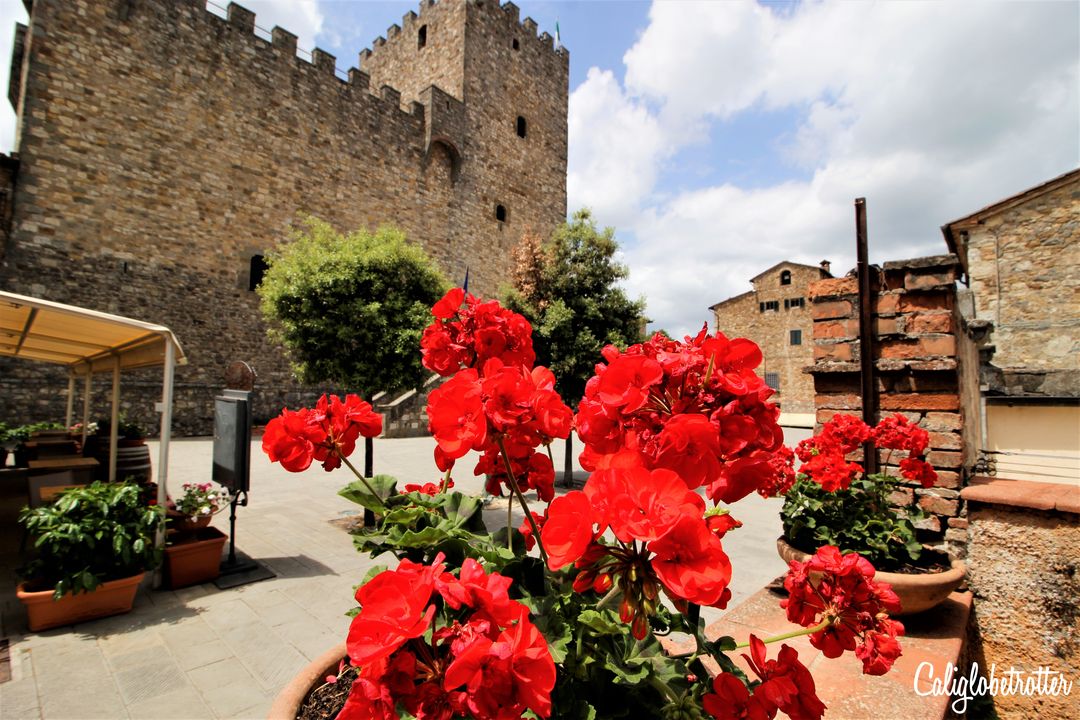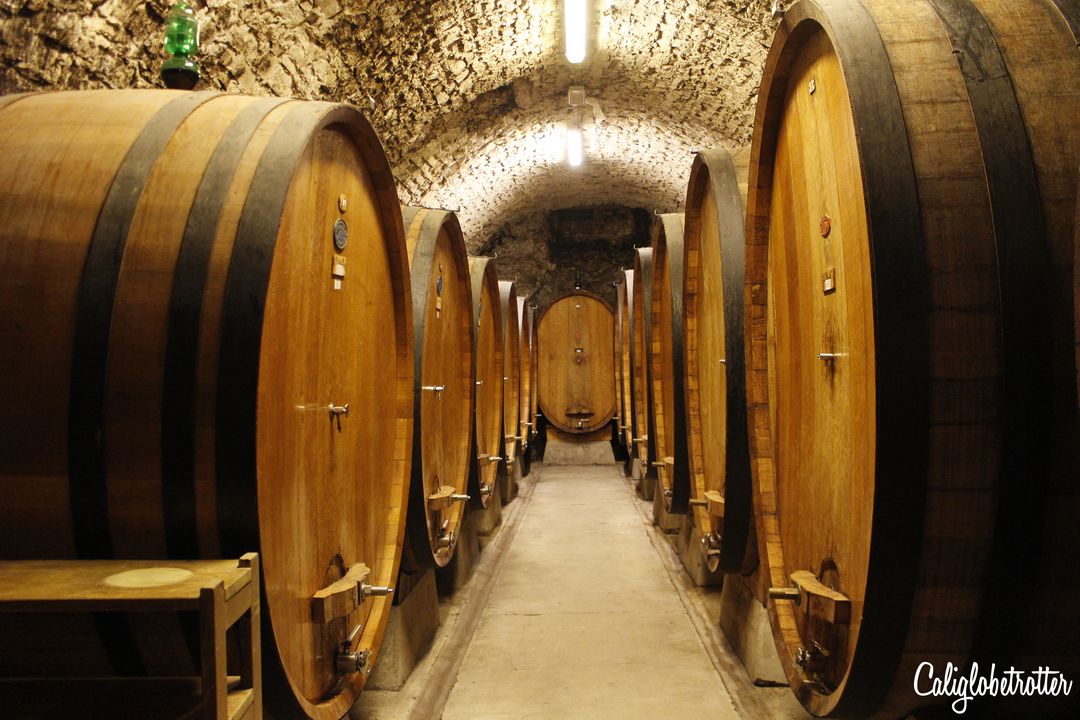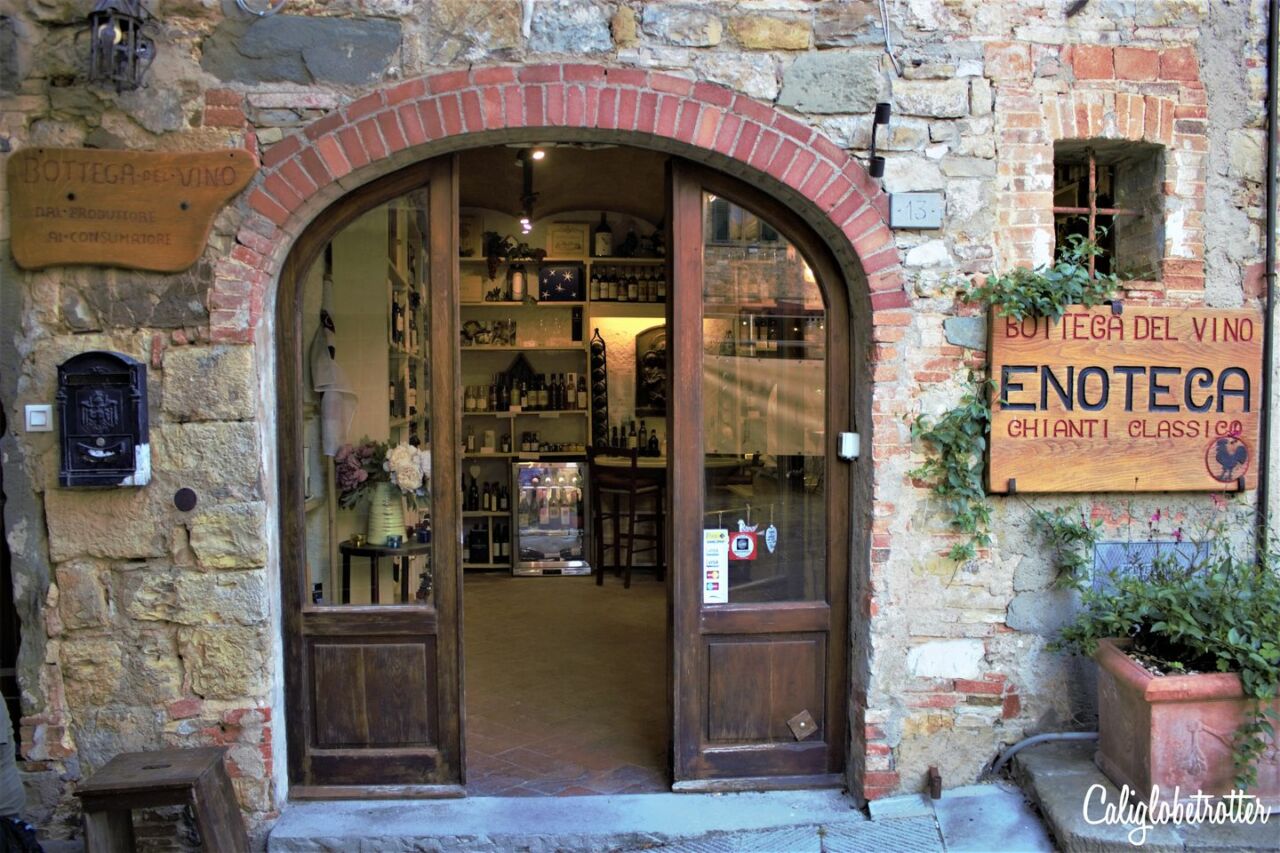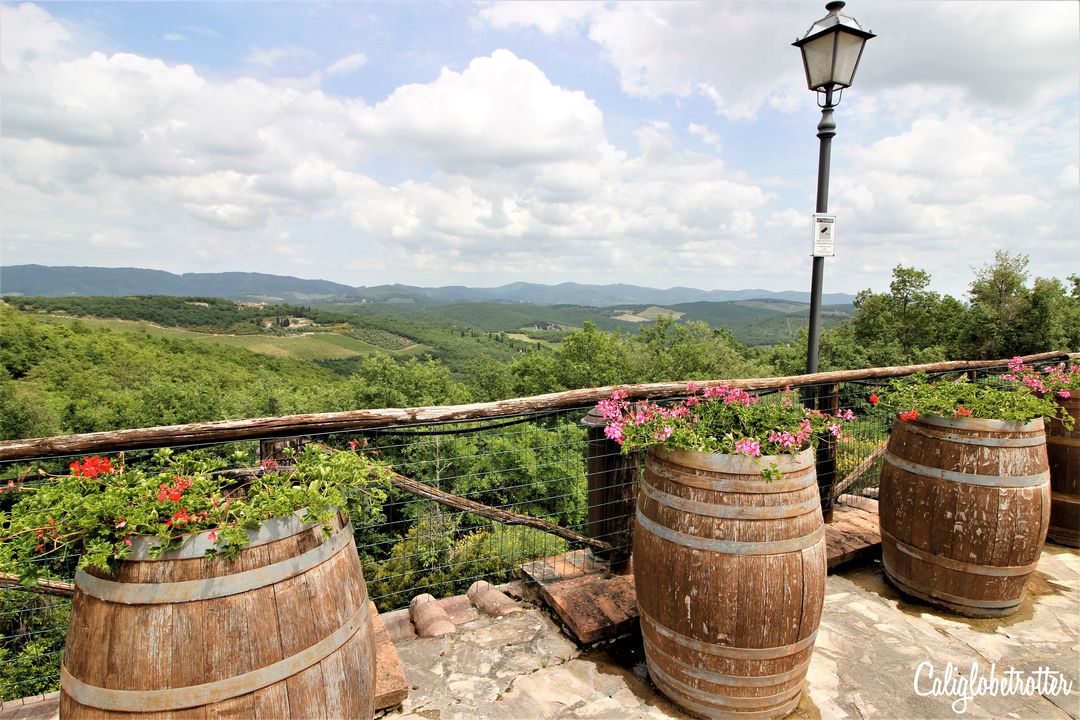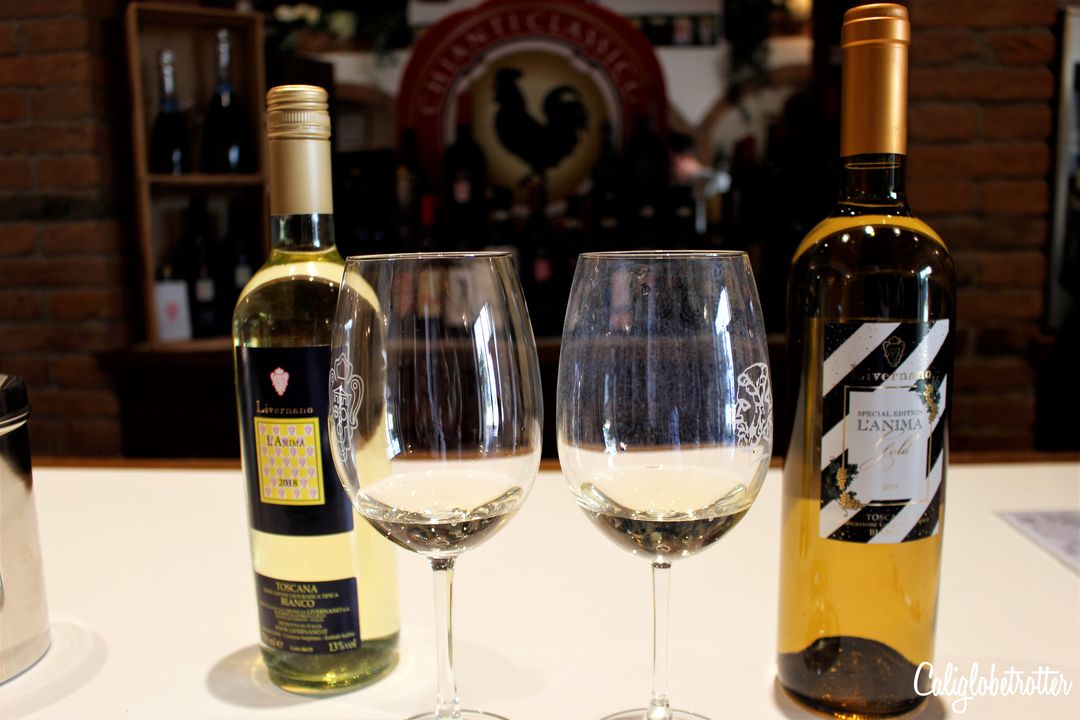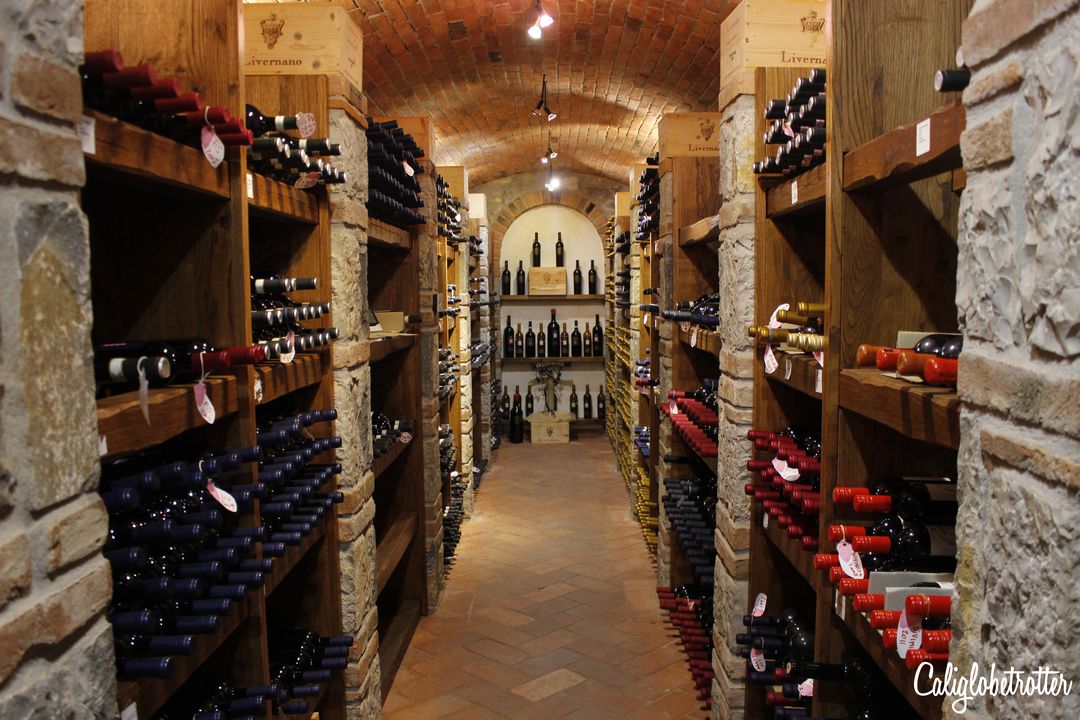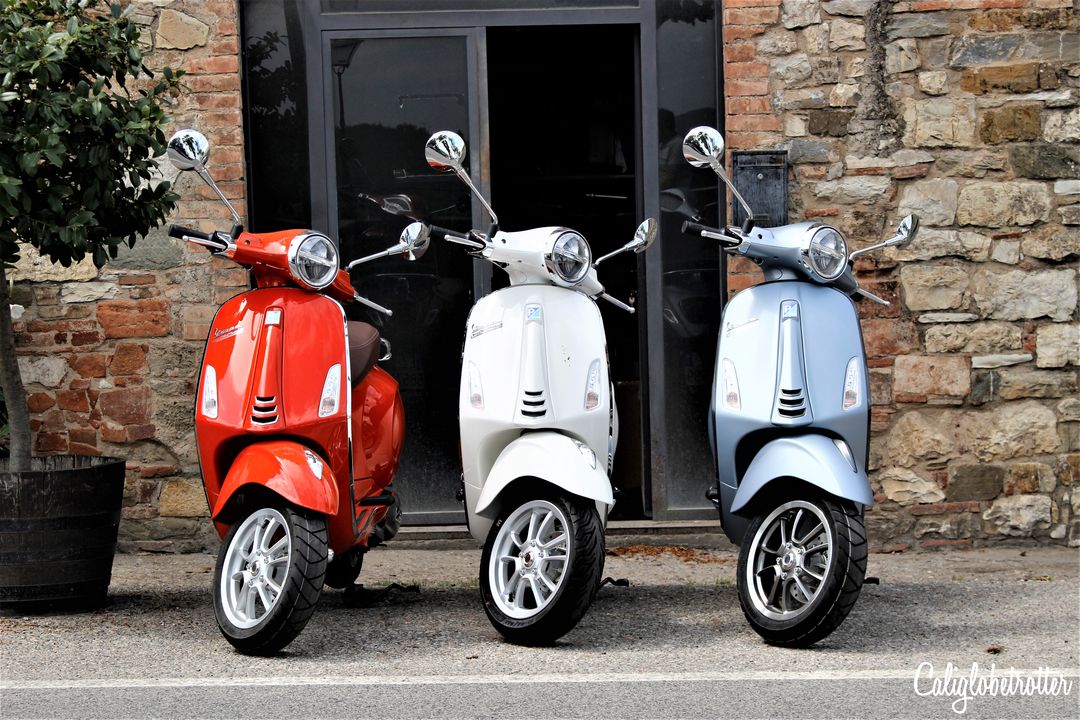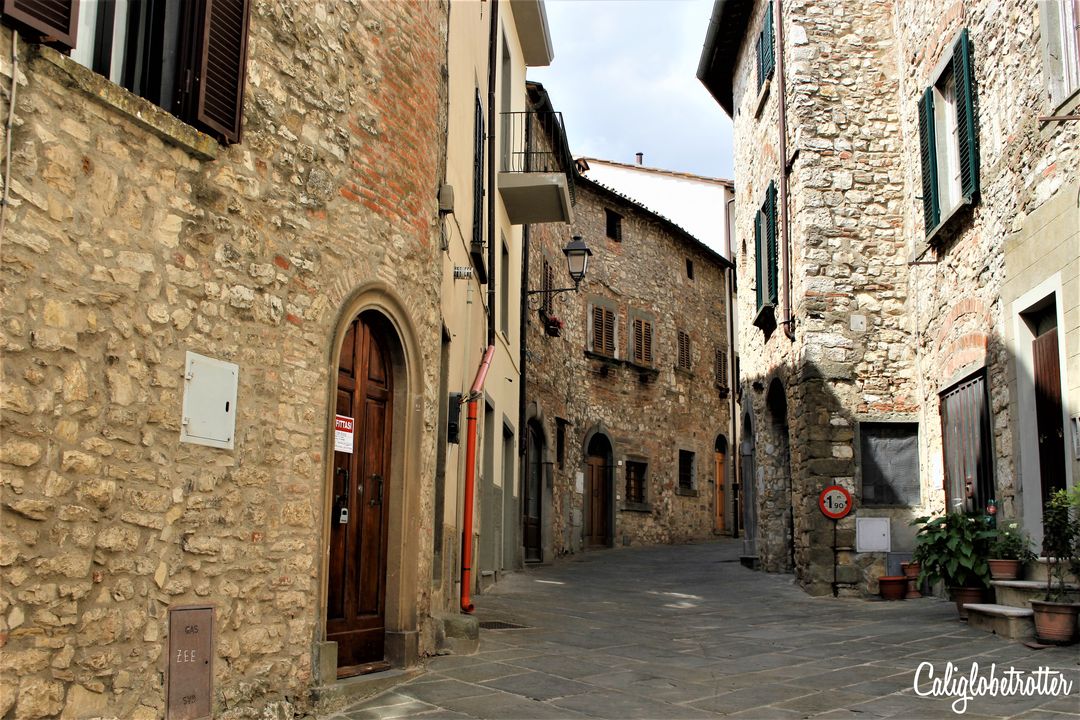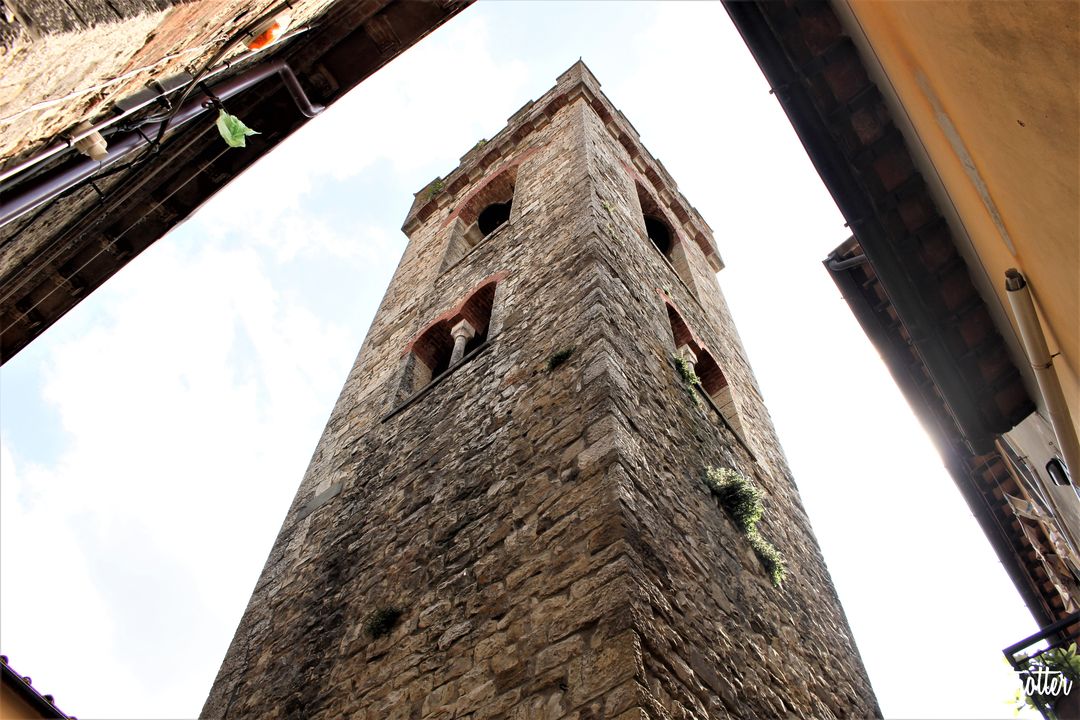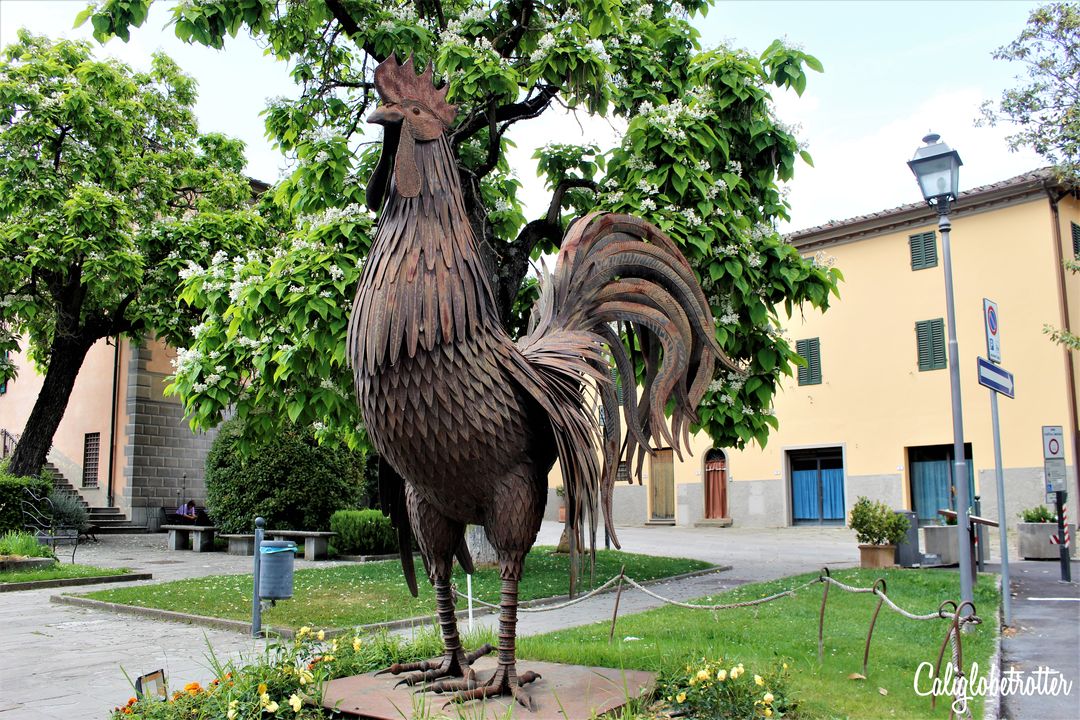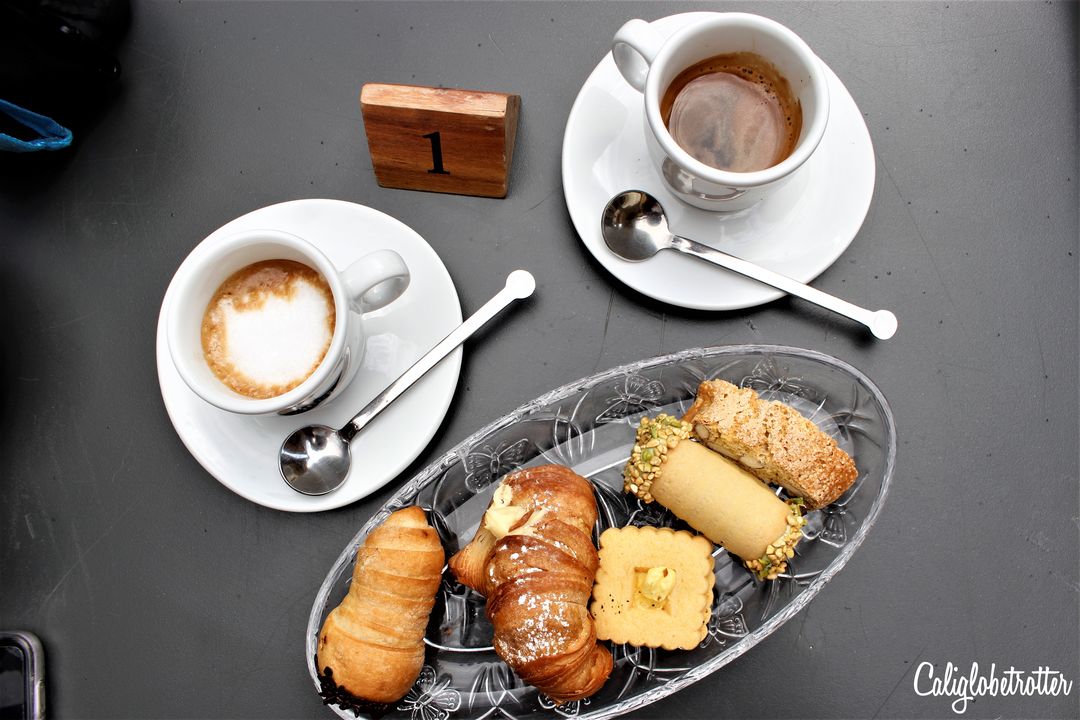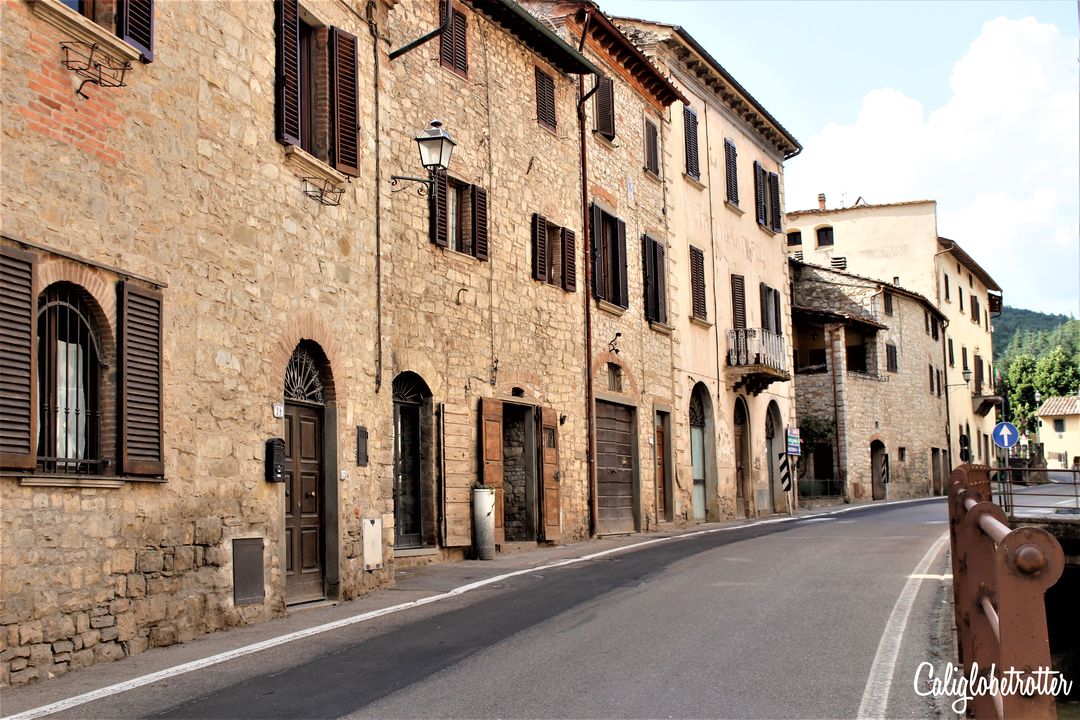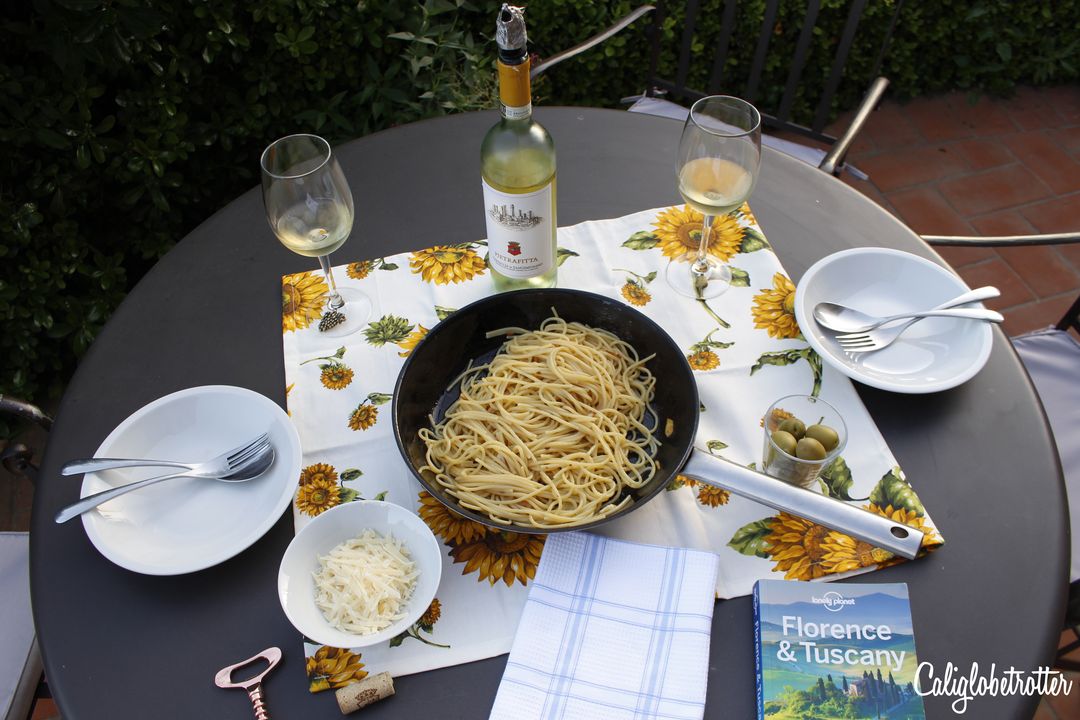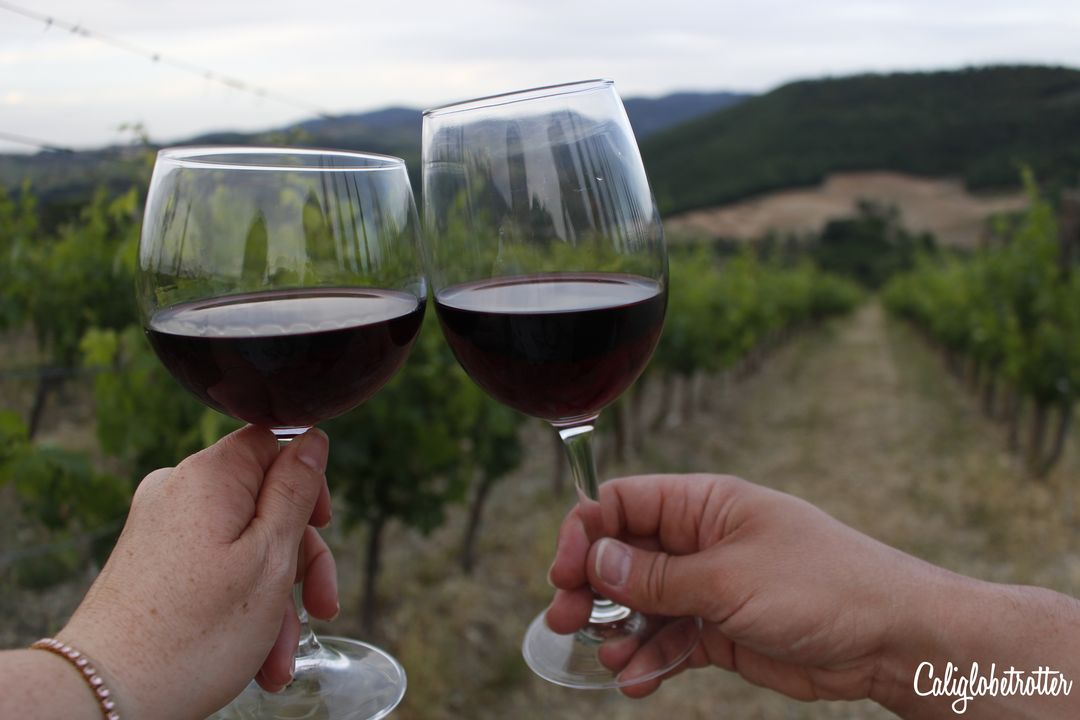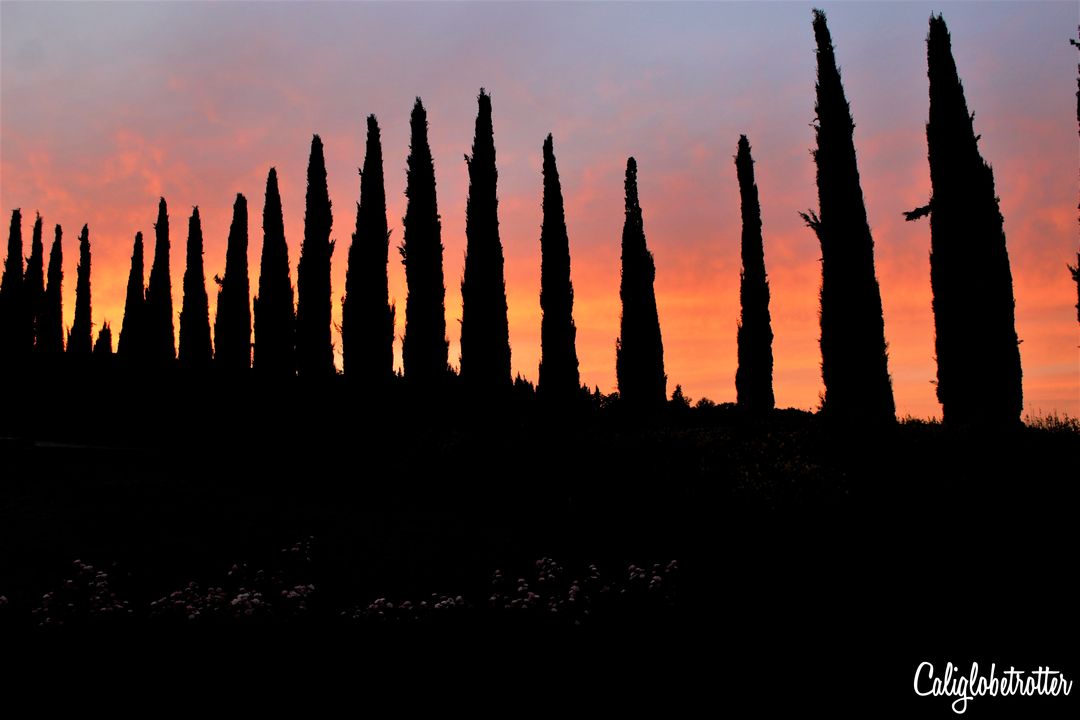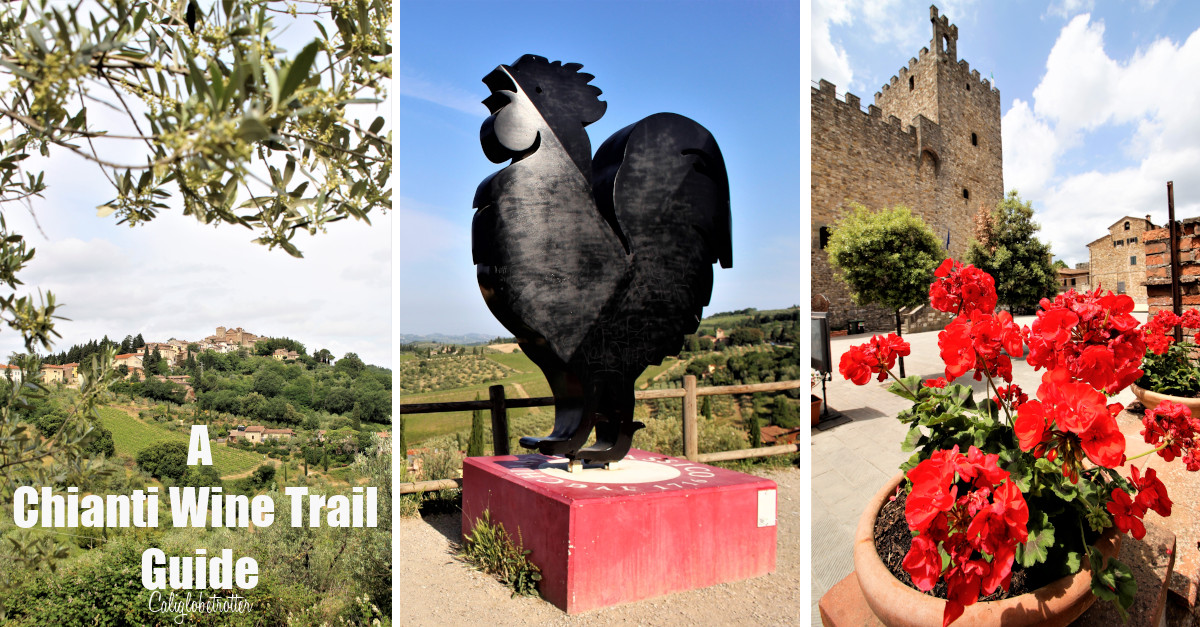
Disclaimer: This post contains affiliate links. If you click on one and make a purchase, I might make a little extra spending money, at no extra cost to you. As always, all opinions are my own and these products/services have been found useful during our travels and come highly recommended to you from yours truly!
For red wine drinkers, Chianti red wines needs no introduction and few wines trigger nostalgic memories like enjoying a glass of Chianti with a plate of pasta at your favorite Italian restaurant. And it was possibly while you were drinking said glass of wine that you suddenly wondered, “Where does Chianti wine come from?” Believe it or not, but Chianti wine comes from one of the most iconic regions in Italy, known as Tuscany. And here, you’ll find a “strada” (street) meandering through Tuscany’s most beautiful wine producing villages.
LOVE WINES? PIN IT FOR LATER!!
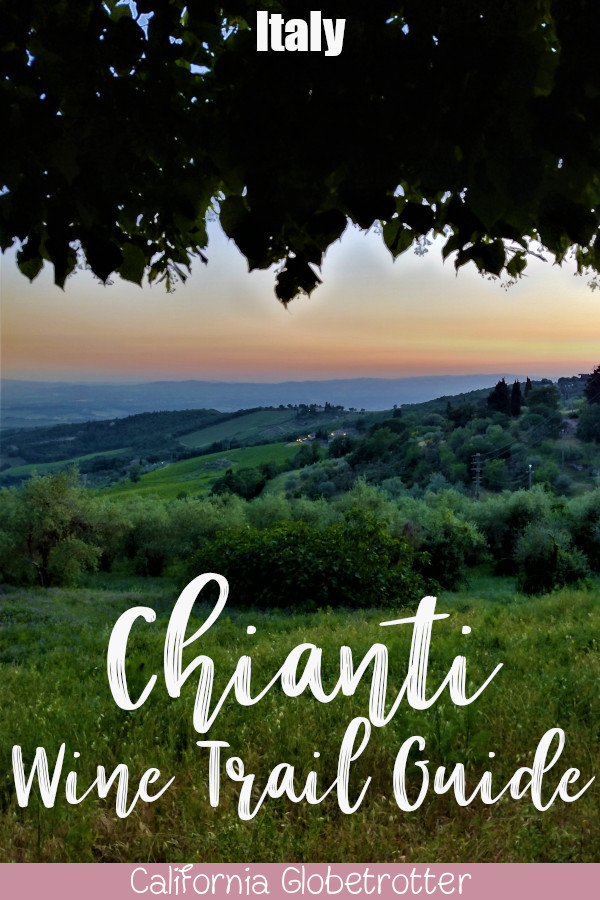
3 Day Itinerary Alsace Wine Route
Würzburg: Exploring the Franconian Wine Capital of Bavaria
Planning Your First Trip to Italy
“I believe great happiness belongs to all those who are born where good wines are made. “
-Leonardo da Vinci
Introducing Tuscany and Chianti Classico wines
One cannot be without the other.
Since the beginning of time, wine has been produced in Tuscany. Dating back to the time of the Etruscans, they were the first to recognize that this lush rich terroir was ideal for producing wine. Romans would eventually come along and expand on this concept and included olive trees to the region thus completing the perfect, picturesque region of Tuscan countryside littered with small stone villages, characteristic parishes and wine fields of vineyards.
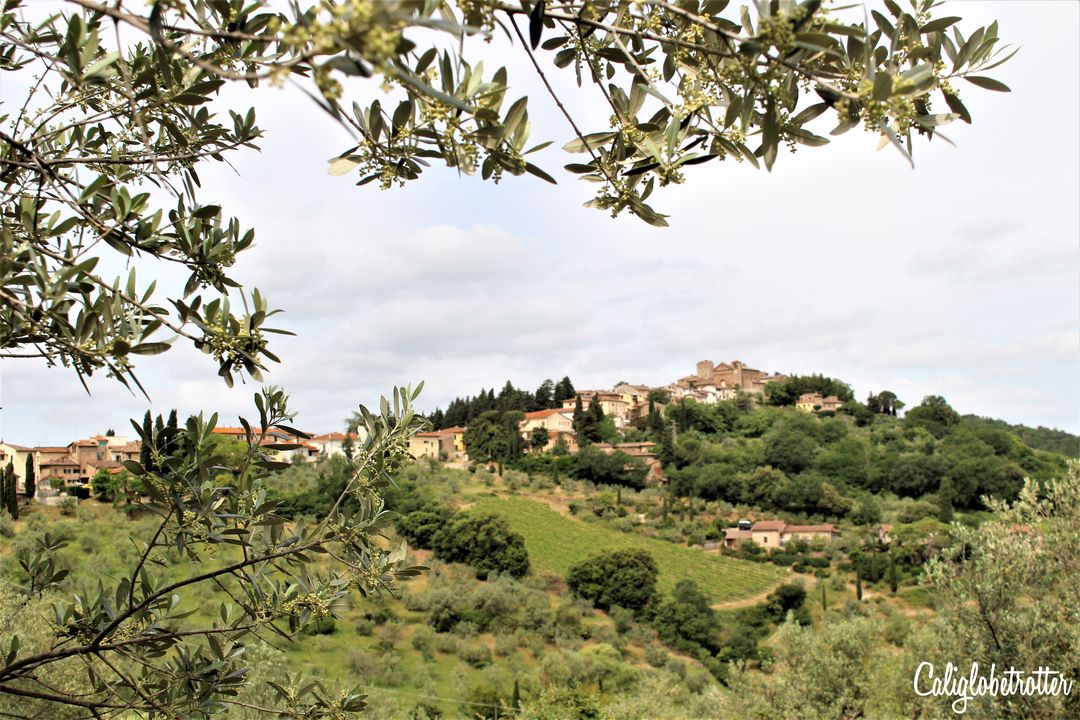
Stretching from Florence in the north, Siena in the south, Pisa to the west and Arezzo to the east, along gentle rolling hills and winding roads are a plethora of charming Italian hamlets which is home to the production of Chianti wines. And in between all of these towns lies hundreds of years worth of rich, turbulent history like something straight out of a Shakespearean play.
Between the 13th and 14th centuries, powerful families rose to dominate the region as bankers and merchants, with the Medici family being one of the most powerful and influential families from Florence, giving rise to the Renaissance era which favored the arts and literature.
By 1716, Grand Duke Cosimo III de’Medici outlined and demarcated the Chianti wine zone, thus protecting the area as an important region for the production of what is now known as Chianti Classico. As popularity grew, the wine production district was expanded into seven sub-zones in 1932 which are:
Chianti Colli Senesi (Montepulciano and Montalcino), Chianti Colline Pisani (The hills of Pisa), Chianti Colli Aretini (The hills of Arezzo), Chianti Rufina (East of Florence), Chianti Montalbano (West of Florence) and Chianti Montespertoli, Chianti Colli Fiorentini (Hills of Florence).
In 1967, the Italian government introduced the Chianti Denominazione di Origine Controllata (DOC) which now included a central subzone of Chianti Classico.
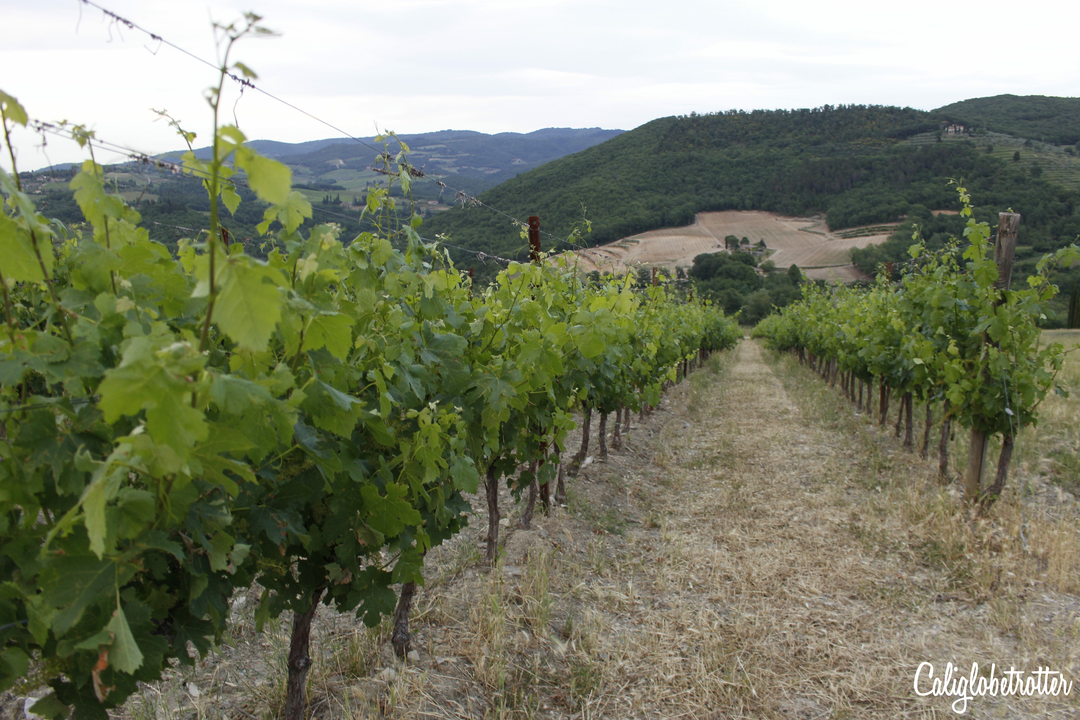
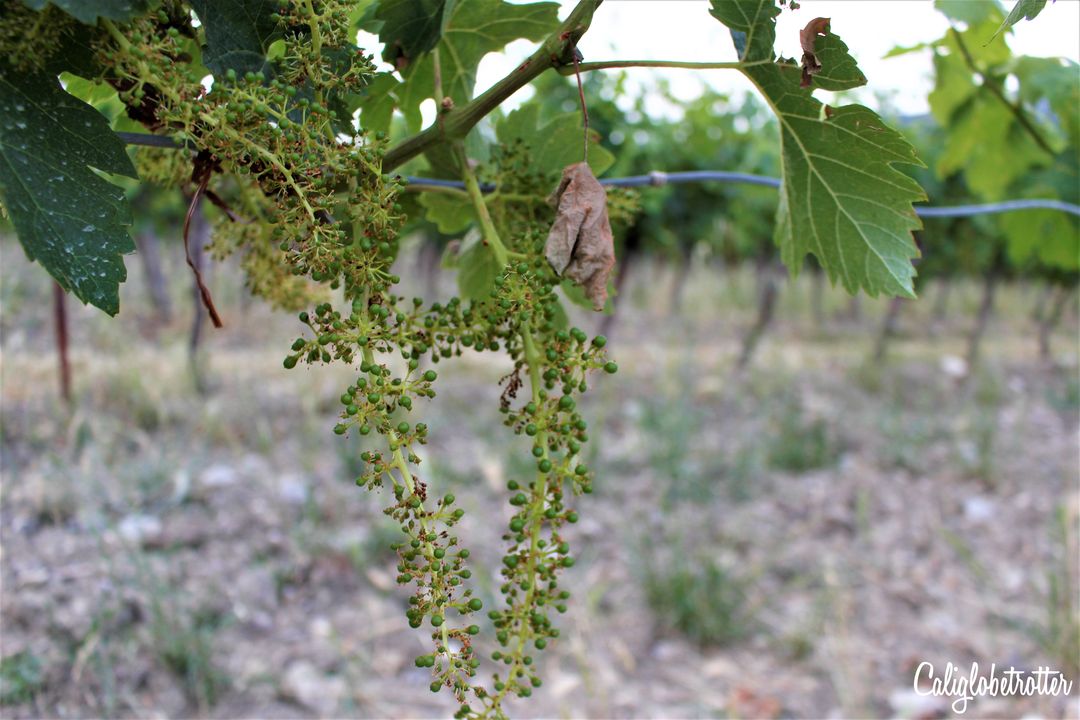
Chianti Classico
Today, in every major Chianti producing hamlet, there is a large statue of a black rooster (gallo nero) which signifies that this town is a member of the Chianti Classico wine producing association. On every bottle of Chianti Classico made in this region, there will also be the black rooster, verifying the location of its production. You will also find DOCG on the neck of a bottle of wine produced from this region verifying its authenticity. Today, the Chianti region is Italy’s largest wine producing region.
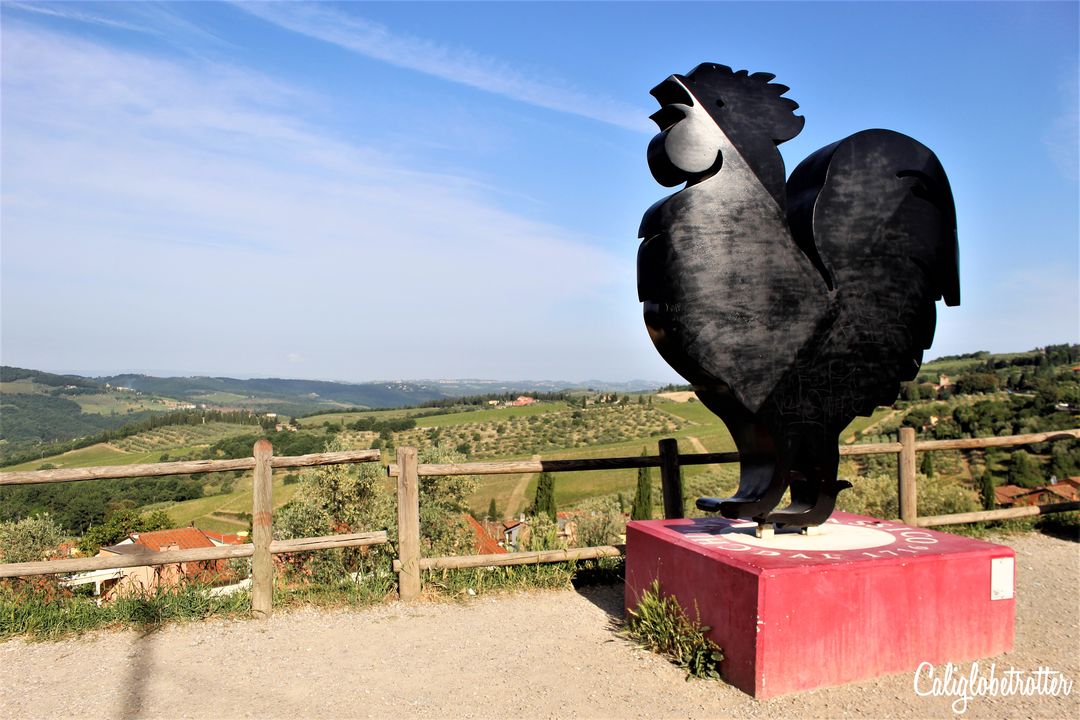
The black rooster symbol relates to a legend of border disputes between the provinces of Siena and Florence. The black cockerel was the symbol of Florence, while the white cockerel was a symbol for Siena.
When it came time to settle land disputes, two knights would have to leave at dawn from their home cities and meet halfway which would mark the border.
The Florentines chose the black rooster, which they kept fasted for several days, which would result in the rooster being exhausted by hunger, and he would crow well before dawn, thus awaking the Florentine knight, giving him the unfair advantage of a headstart.
When the two knights finally met, the Sienese knight would have only covered 12km, while all of Chianti passed under the leadership of the Florentines.
To be considered a ‘Chianti Classico’, it must contain at least 80% Sangiovese and no more than 20% from other red grapes such as Colorino, Canaiolo Nero, Cabernet Sauignon or Merlot.
There are three stages in quality tiers which are divided as follows:
- Annata, or standard wine which ages for 12 months
- Riserva which ages for 24 months
- Gran Selezione which ages for 30 months.
With Sangiovese at the heart of all Chianti wine, it has a dry acidity with transparent ruby hue, with a lingering taste of black and red cherry. You may also often taste spices, herbs and an earth. Most of these wines are best paired with food on a perfect Tuscan evening.
Anni e bicchieri di vino non si contano mai (Age and glasses of wine should never be counted)
Chianti Wine Towns to Visit
The Strada del Chianti (the Chiantigiana Highway) connects Florence to Siena via the SR 222 and is one of the most scenic routes in Italy. When driving along this road, it’s a winding road up and over and through acres of idyllic Tuscan vineyards, charming little hamlets with churches and abbeys.
If you start early enough in the morning, when the roads are still quite and there are no bicyclists, it’s possible to visit all of the following Chianti towns in a day. But be prepared to stop every so often along the side of the road, in unofficial pull-out sections to snap a few photos of the picturesque Tuscan countryside.
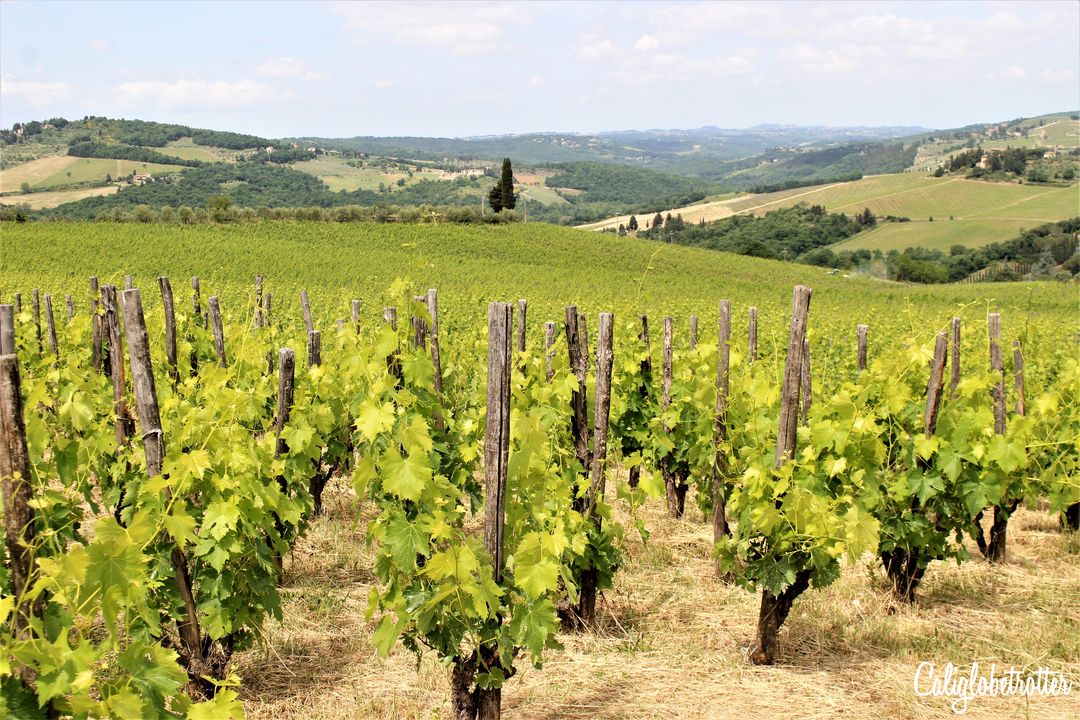
Greve in Chianti
Often referred to as the ‘Gateway to Chianti’, Greve in Chianti is a great place to begin any road trip along the Chianti Road.
The highlight of Greve in Chianti is undoubtedly the oddly shaped piazza, with a charming little church at the focal point. A quick walk around and you can pop into a few local shops selling traditionally made in Italy goods from hand towels and table runners to pasta shops.
We began our day here by enjoying a Cornetto al Cioccolato or a Cornetto al Pistachio (Chocolate Croissant or a Pistachio creme filled Croissant) with our espressi.
If you happen to be in town on a Saturday morning, you’ll also discover that the entire square will be filled with pop up market stalls for locals to complete their weekly shopping and catching up with neighbors.
Every September, Greve in Chianti hosts the Chianti Classico Wine Festival where local merchants showcase their products and with a purchase of a glass and a ticket, you can sample up to 8 wines.
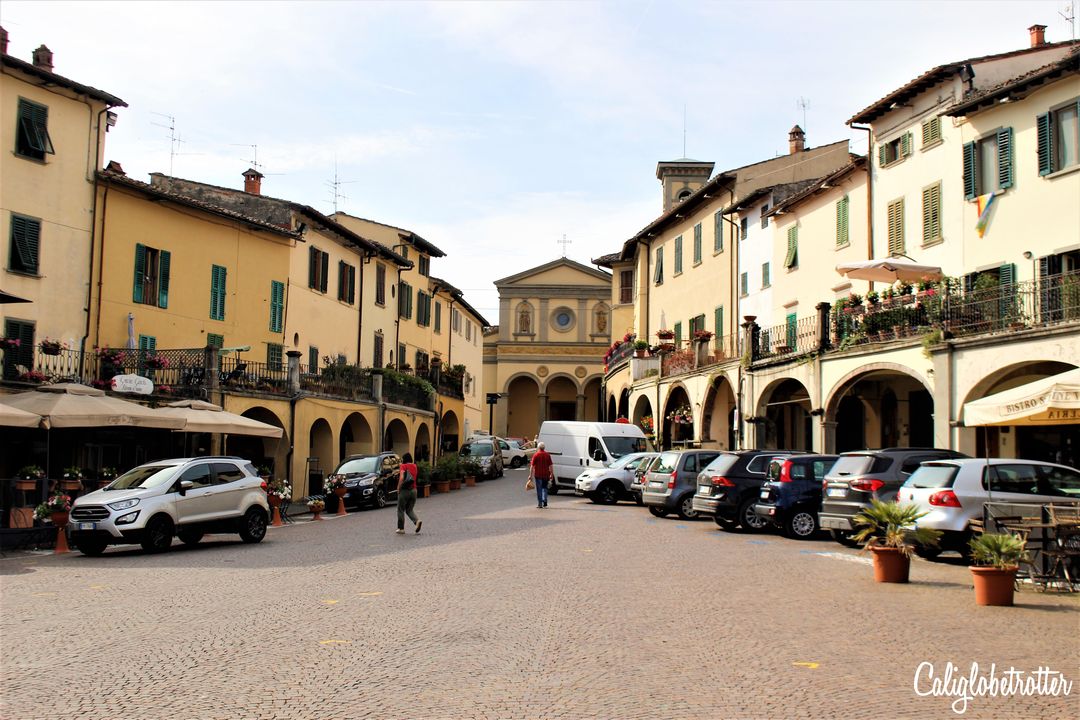
Wineries to Visit in Greve in Chianti
Panzano
Often overlooked, Panzano is not really a main town to visit, but we did anyways. It looked cute from afar with the hamlet perched on a hillside. We found parking at the back of the town, had a quick walk to the local church before walking down a large hill to the main square where we often saw locals gathered in the evenings around a beautiful fountain, catching up with neighbors.
If you have extra time, be sure to make a reservation at Dario Cecchini’s Kitchen, a world famous butcher from this region.
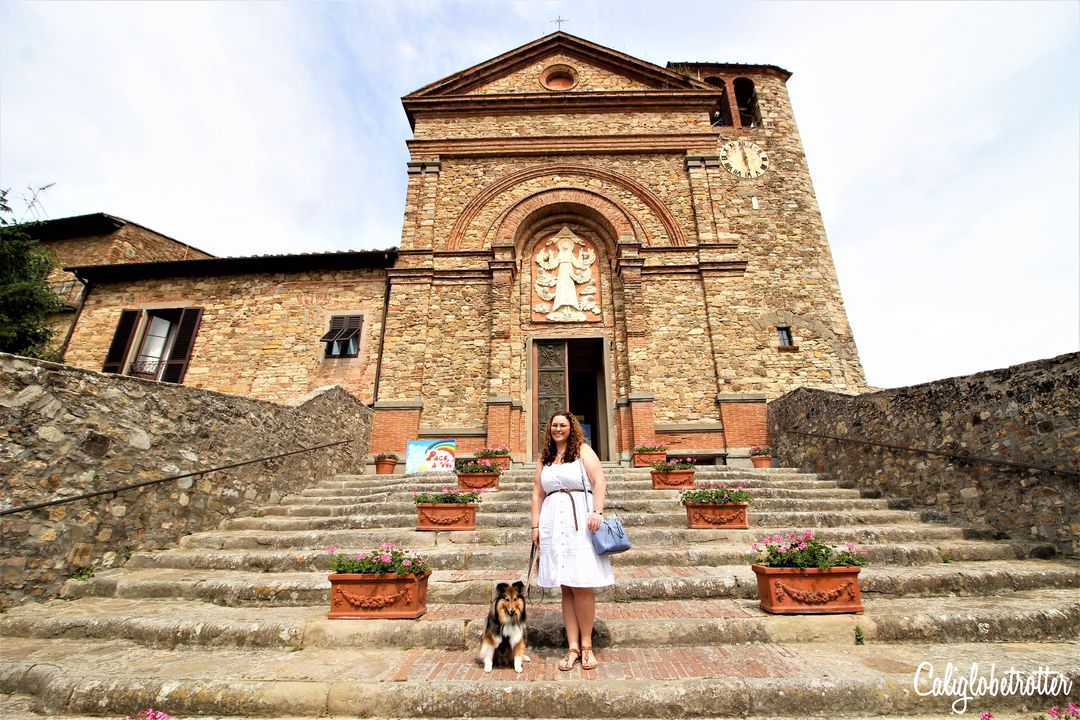
Castellina in Chianti
As one of the most important towns in Chianti, Castellina in Chianti is referred to as the ‘Capital of Chianti’, as its location is at the heart of Chianti’s rivers, Arbia, Pesa and Elsa, and it is also one of the largest towns you’ll visit with many shops, taverns and restaurants.
One of the most impressive sights to see in Castellina in Chianti is the Via del Volte, an underground tunnel which leads you from one side of the village to the other, along the backside of all the shops and restaurants.
When meandering through town, you’ll pass Ristorante Taverna Squarcialupi, which is both a wine shop and restaurant, but also offers a free glimpse of their wine cellar two stories below.
As Castellina in Chianti was just 10 minutes away from our apartment hotel, we came here several times. Directly next to the Rocca di Castellina in Chianti, a fortress in the heart of the town, is the Osteria Il Re Gallo, where we decided to come for dinner one evening to try a traditional Florentine Steak (Bistecca al Florentina), which is a classic meal (without pasta!) in this region.
There are plenty of opportunities here to sample some of the towns local wines as well as enjoying a gelato with a view.
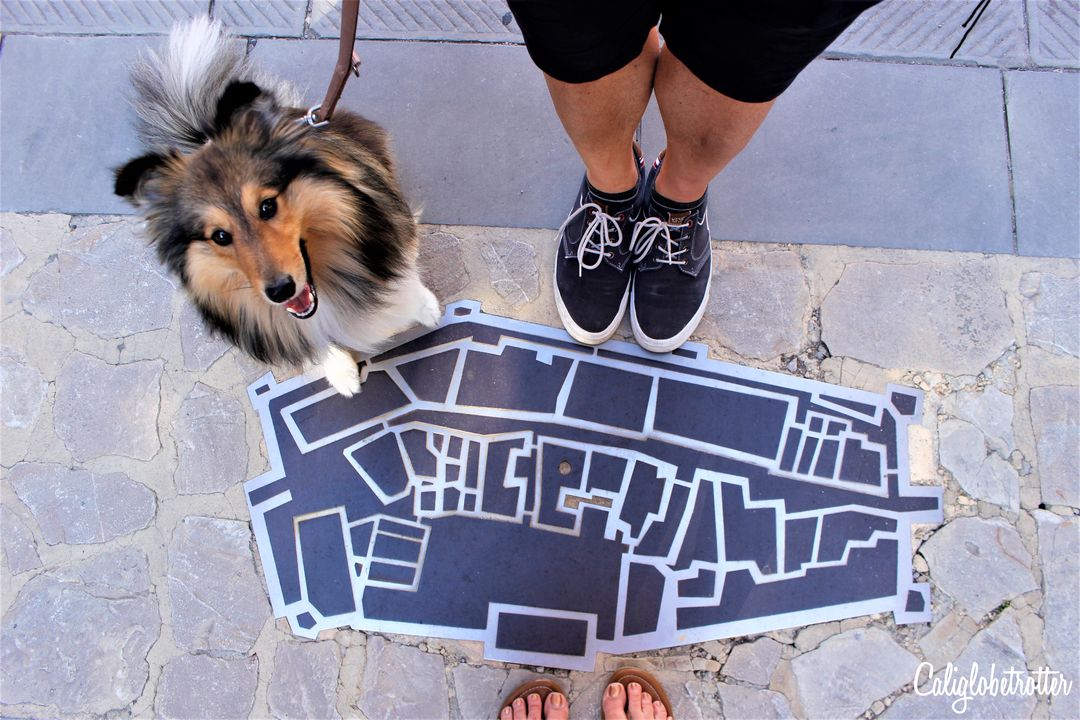
Wineries to Visit in Castellina in Chianti
Pitstop at Casalvento Winery
Address: Loc casalvento, 53017 Radda in Chianti SI, Italy
As we were driving from Castellina in Chianti to Radda in Chianti, we randomly decided to stop at one of many wineries advertising wine tasting. We saw some flags, wine barrels and it was enough for me to say “Pull over!”
We pulled up to a beautiful winery around 11am in the morning, and I wondered if it was possibly too early for wine tasting in Italy. Apparently not, as an employee saw me looking at the opening times, opened the door and welcomes us in and allowed me to sample 9 wines for free. It was a great introduction to Chianti wines made in this region, including an organic wine, learning the difference between the aging process for the different varieties of Chianti. We walked out with a purchase of the Chianti Riserva as a souvenir.
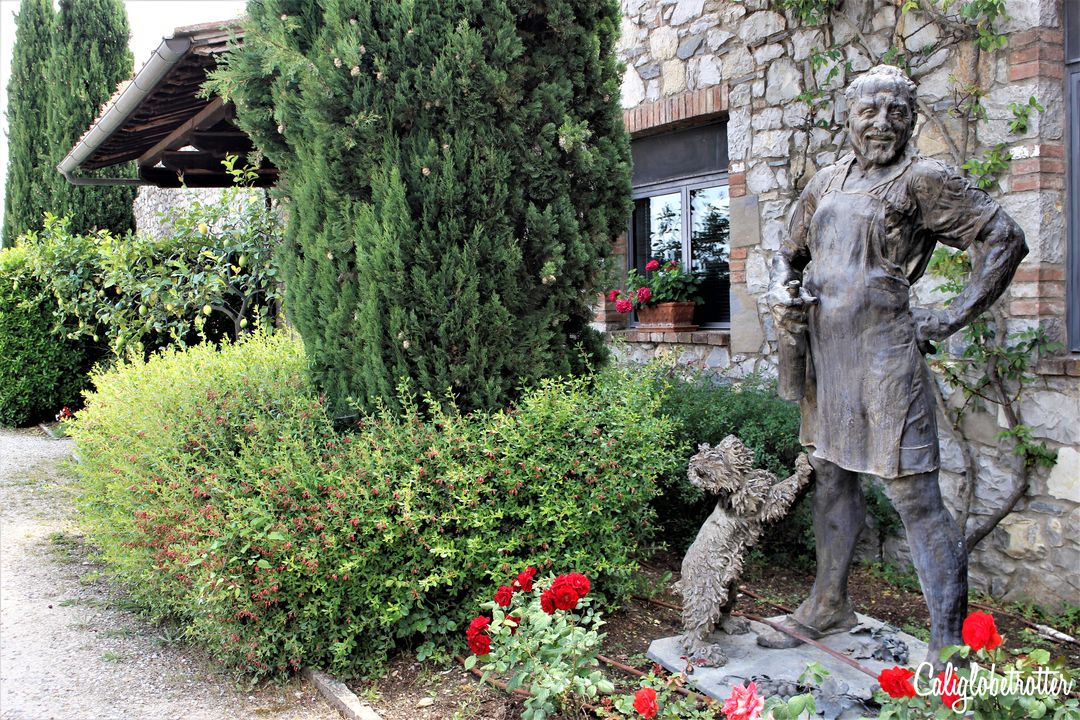
Amici e vini sono meglio vecchi = Old wine and friends improve with age
Radda in Chianti
With German origins, Radda in Chianti was once referred to as ‘Ratti’. With a quick look around, you’ll discover Radda in Chianti’s main charms are the town’s medieval town walls, on the exterior of the town, which is where you’ll find free public parking. Then, you’ll have the municipal building or Palazzo del Podestà in the heart of the town with the ancient coat of arms embedded into the facade, Propositura di San Niccolò as well as many tunnels and charming alcoves throughout the town.
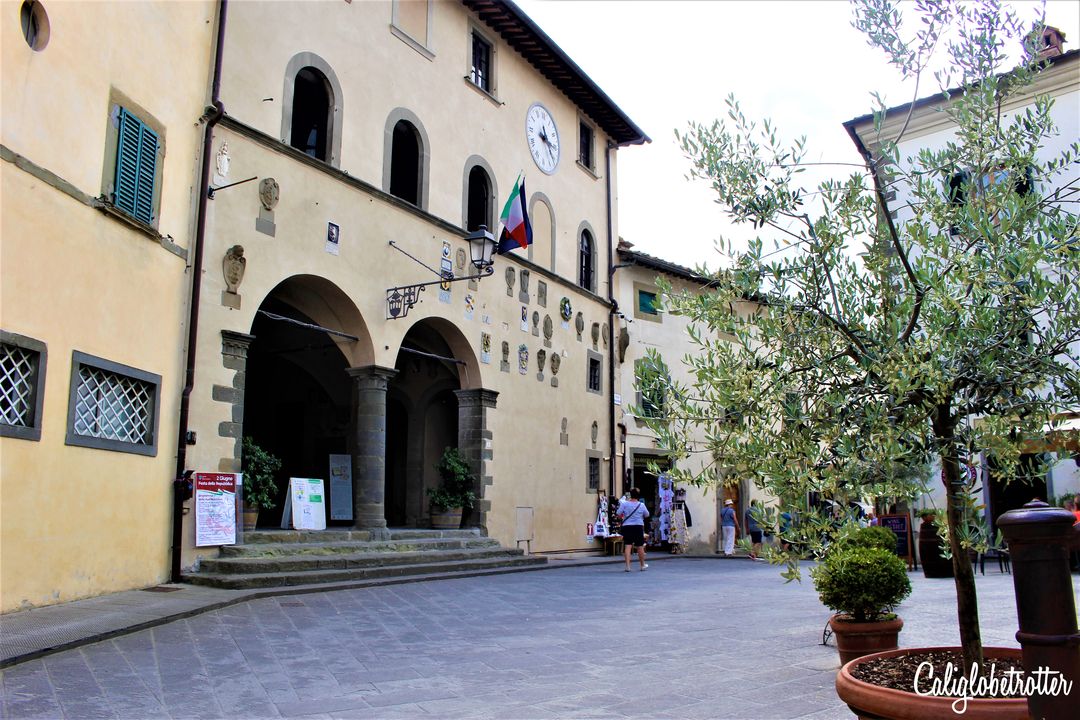
Wineries to Visit in Radda in Chianti
Gaiole in Chianti
Last but not least, Gaiole in Chianti, a town which is forever linked with a famous cycling event called L’Eroica which has taken place every year since 1997 on vintage bikes, cycling through the past.
Gaiole felt like the only town surprised to see tourists walking around with a camera, but we made the time to take a gander, sit down at a Pasticceria and sample several of their sweets with an espresso.
Nearby is the Castello di Briolio, a famous castle whose history is closely linked with the history of Chianti Classico which has been in the family for 32 generations. Castello di Briolio is an important sight to see in Chianti as the Baron Bettino Ricasoli invented the Chianti formula in 1872.
They offer a variety of wine tours and tastings which all need to be booked in advance. We had tried to arrive simply with wander the gardens and try their basic wine tasting since we had our doggie with us. Unfortunately, while the opening hours online stated open till 6pm, when we arrived at 5pm, they are already long since closed for the day.
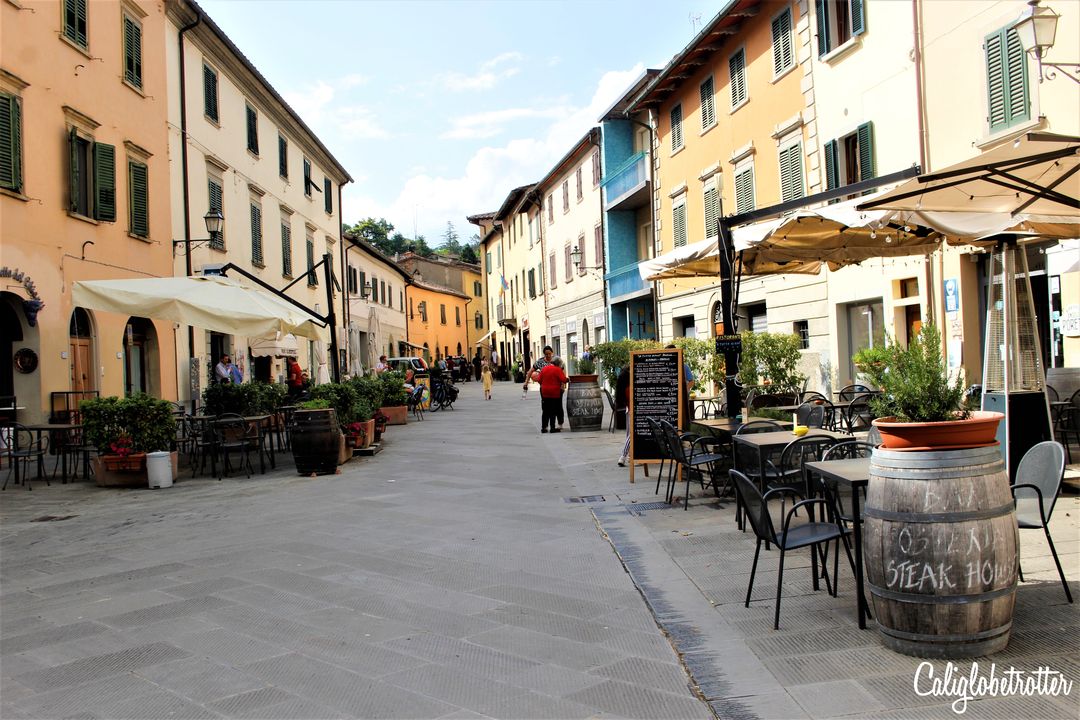
Wineries to Visit in Gaiole in Chianti
How far is Florence from Tuscany? How to travel from Florence to Chianti:
Considering that Florence (Firenze) is the capital of Tuscany, Florence is a great addition to any trip to Tuscany and technically speaking, is just 35 km from Chianti. Therefore, visiting any of the charming Chianti hamlets are an easy day trip from Florence, especially by car or bus. By train, things get a little more complicated and you won’t exactly get the same experience by train that you would otherwise, especially by car. Visiting Chianti by car is going to be the best option for the full Toscana experience driving its winding roads.
Tuscany by train:
Train stations are far and in between throughout Tuscany and many of the villages are far away and are perched atop hills overlooking steep valleys lined with vineyards or olive trees.
Tuscany by Bus:
You should also know that if you decide to explore Tuscany by bus, buses typically don’t run in the evenings, cutting short your day trips, and in general, Italian buses have a bit of a bad reputation for not entirely being on time. Not only that, but there are a limited number of buses running on the weekends. More information on getting around Tuscany without a car can be found here.
Tuscany by Car:
Is overall the best option and allows you to drive to off the beaten paths, stop at road side wineries and find amazing places to eat along the Chiantigiana Highway.
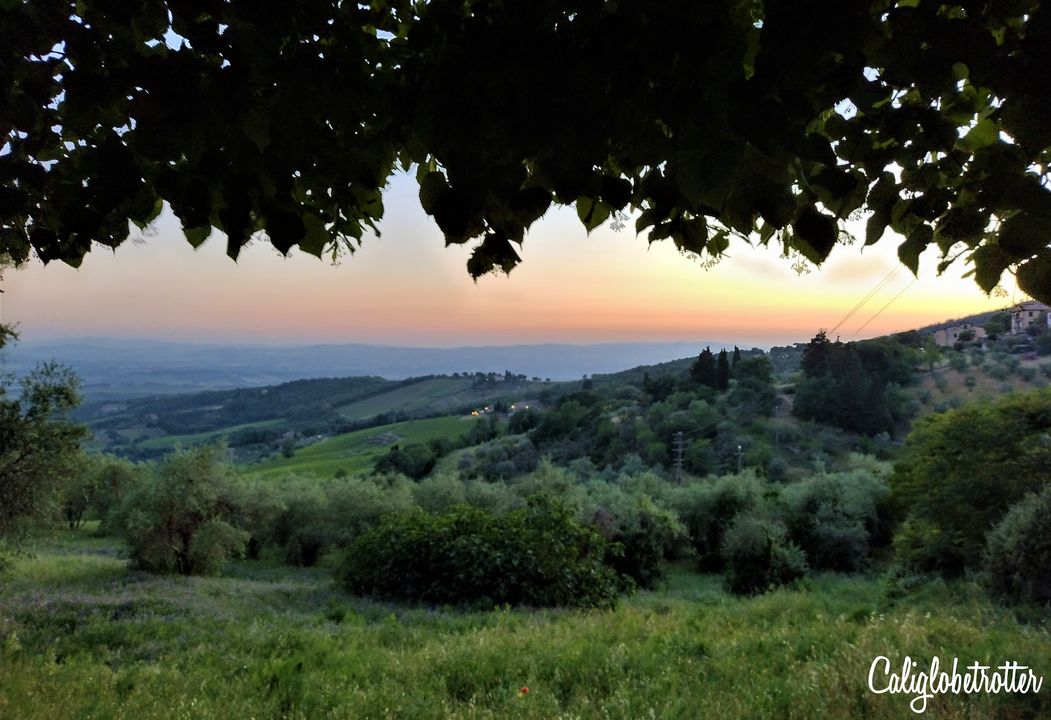
Vino rosso fa buon sangue. = Red wine makes good blood
Driving in Tuscany
Driving in Tuscany is an experience in itself and highly not recommended for those who get car sick easily as almost the entire region is one winding road after another with some sharp turns as well as occasional steep drops with epic views of many of the hamlets perched atop hillsides.
The most difficult part of driving in Tuscany is actually sharing the road with hundreds of individual bicyclists who are insane enough to bike up and down these steep rolling hills. There are no bike lanes designated just for the bicyclists, and therefore, you may occasionally run into slight delays due to having to pass these bicyclists at a safe opportunity.
The next difficult aspect of driving in Tuscany is actually dealing with Italian drivers themselves. As confirmed by my own best Italian friends, road rules are simply suggestions and rules are meant to be broken. Even if you’re speeding along the winding back roads, an Italian will still speed pass you. Even if there is not a dotted line on the road which implies its safe to pass another car, they will still pass you. If you aren’t driving fast enough, they will flash their headlights at you like crazy or drive extremely close to your tail end until they can pass. Though, on the opposite end, you have the occasional Italian driver who drives 20 mph below the speed limit, what we would call ‘Sunday drivers’ or as my Italian friend put it ‘the weekend drivers’ who typically don’t use a car during the week and only on the weekends remember they have one and go for a leisurely drive.
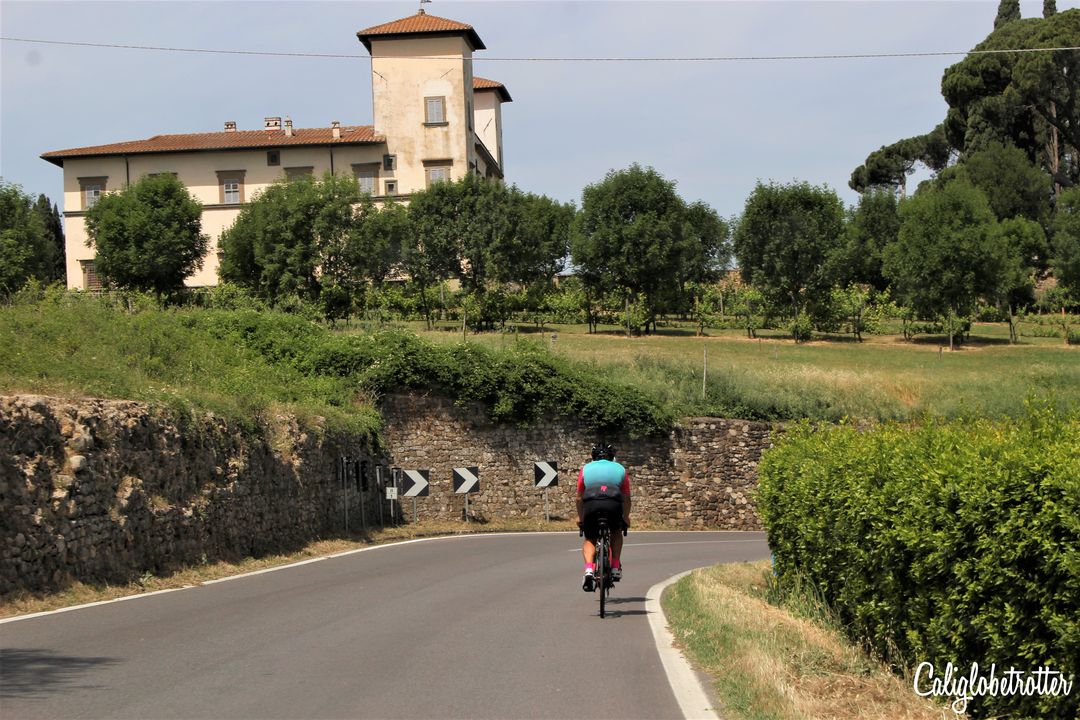
Guided Tours from Florence
If you’re looking to make your home base in Florence for the week, then there are plenty of guided wine tours from Florence, guided food tours of Tuscany or even guided day trips from Florence to Siena, San Gimignano and Pisa, all of which you can find here. While we didn’t partake in any of these tours as we decided to take our pupster on his first big international trip, had we not taken him, I definitely would have signed up for several of these guided tours of Tuscany.
Where to Stay along the Chianti Road
When it came to booking our hotel in Tuscany, I had difficulty with vacation dates with my work and thus booked a total of three hotels for our one week holiday as every time I booked a hotel, my work changed the dates they would prefer me to take my holiday. But to be honest, my third booking turned out to be possibly the best of the best, so I’m quite happy with the outcome.
My first attempt to book was at Hotel Minerva ⭐⭐⭐in the heart of Siena, as I had planned that we would make Siena our home base for the week as this was why we were coming to Tuscany in the first place. I found this beautiful hotel with stunning views overlooking the historic city center of Siena.
Then I had to cancel that hotel because when my dates changed, they no longer had any availability, so then I booked a hotel at Agriturismo Rennacino ⭐⭐⭐⭐, a agricultural hotel just outside of Siena. But again, when my dates changed, I had to cancel this hotel and book another.
Where we ended up staying was heaven on earth, at Casalta di Pesa⭐⭐⭐⭐, an agricultural hotel (agriturismo), which means that our hotel was actually an old family farm house, surrounded by nothing but rolling hills lined with vineyards. Nothing but peace and quite and a few occasional cuckoo birds and decorated in my personal favorite style, shabby chic. It turned out to be the best location for our entire trip because we were just 10 minutes away from Castellina in Chianti, along the heart of the Chiantigiana Strada which made it the perfect location for day trips to Siena, a day trip to Florence as well as a day trip to Pisa.
We THOROUGHLY enjoyed our week stay at Casalta di Pesa and felt like we could have lived here forever. We had a two bedroom apartment, equipped with two bathrooms, a kitchen, living room, dining table as well as our own terrace with a BBQ grill and a grassy area for Lord Branson (our dog) to enjoy. The apartment hotel also came with a lovely swimming pool just feet away and the best thing of all, you hardly could tell there were any other guests, it was such a peaceful place to be. Only downside to our hotel was the fact that we had to drive our car up the steep terrain better suited for a tractor.
We often ate dinner at home except for a few evenings, and we made simple Italian dishes always accompanied by a bottle of local wine, with Spotify streaming Vintage Italian music and staying out on our terrace for hours on end chatting the night away.
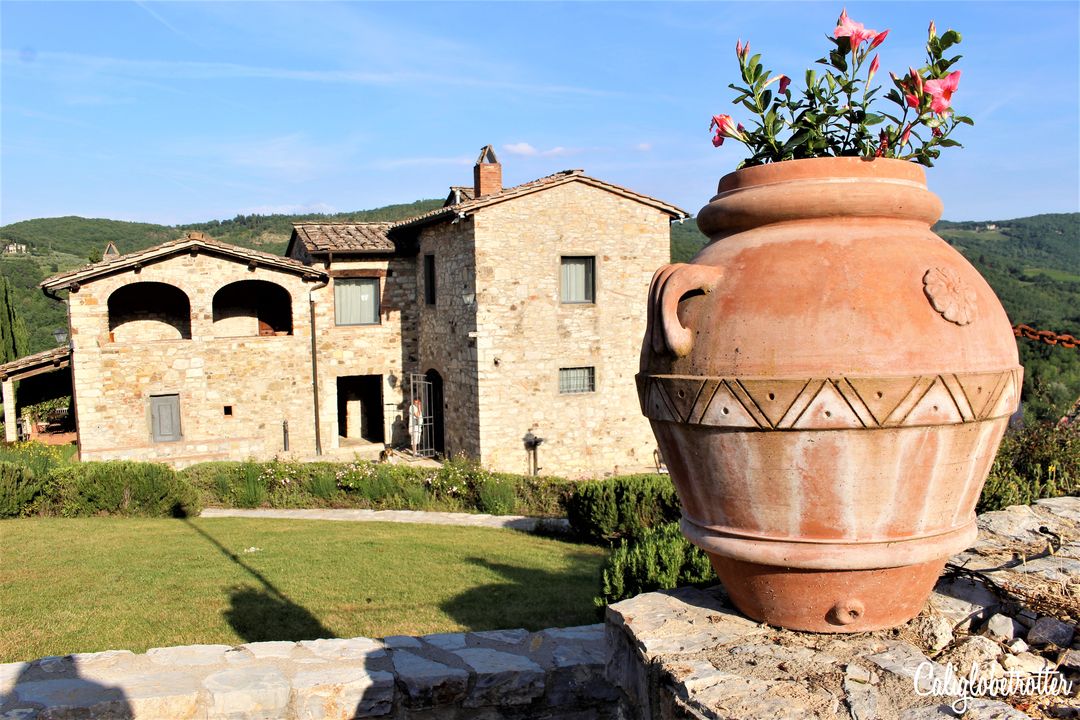
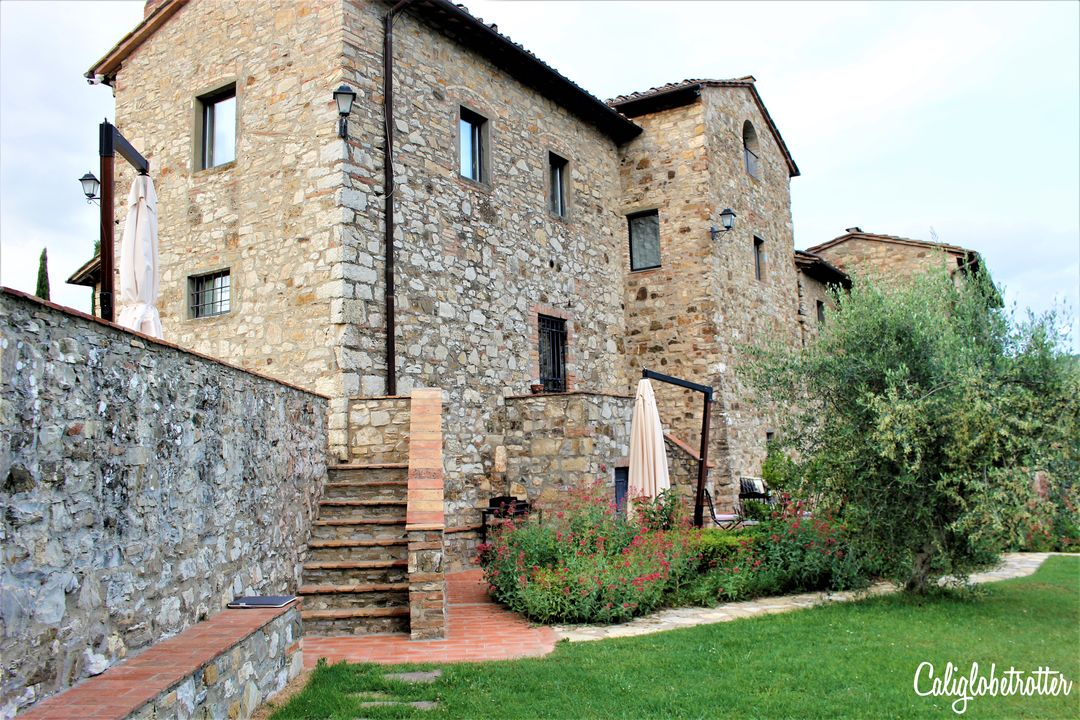
What is an ‘Agriturismo’ and Why Should You Stay At One??
The word literally is the combination of two words, agriculture and tourism. In the mid-1980’s, the Italian government passed some laws to help struggling farms by offering financial assistance and incentives to help land owners restore and revitalize their farm’s, houses and estates. What we see today is that many of these refurbished farmsteads were turned into holiday accommodations, where people could stay the night and live off the land while simultaneously proving an extra source of income for locals.
Today, they can be found almost everywhere in Italy and come in a variety of sizes. There’s no need to worry you’ll be staying in an un-renovated farm house, as they’re all very well refurbished, ranging from shabby chic to more luxurious agriturismo farmhouses.
While we booked our agriturismo hotel via booking.com, seems if we had booked directly with the website of our hotel, we would have been greeted with a basket of local food, however, you can also have a look at agriturismo.it with listings in English.
A good bottle of wine does not need a cork.
When to Visit Tuscany
I mean honestly, is there a bad time to visit Italy? Probably not. But if you’re not such a big fan of extreme heat, then best to avoid visiting Italy between mid-May- beginning of September. However, if you don’t mind the heat, then Tuscany is a great time to visit in the summer when the vineyards are at their fullest bloom.
We visited the first week of June and temperatures were already 28-30°C (85-90°F) in the day time. Luckily where we stayed, our apartment hotel stayed cool in the day and in the evenings, because of the surrounding farmland, the temperatures really cooled down in the evenings.
However, April, May, June, July and September are not only the warmest months to visit Tuscany, but also the most expensive time and the most touristy part of the year.
August is not a good time to visit Italy in general as its typically the time of year that Italians close up shop and take their holidays, the week before and two weeks after August 15. Cities literally empty out. July and August are a good time to visit if you’re looking for sunflower fields in Tuscany.
In April and October, the weather is a bit cooler and will require a light jacket.
Fall through Winter are the gloomiest and rainiest times to visit Tuscany, with snow possible only in the northern portions of Tuscany.
More on the best time of year to visit Tuscany here.
What to Eat in Tuscany
There are certainly several classic Tuscan dishes you simply have to try while in Tuscany, and it’s not all about pasta.
Truffle dishes are extremely popular while in Tuscany and you’ll find many shops in Siena and other small villages selling Truffle in a variety of ways from creams for pastas, as dips for crackers, chips made with truffle taste, truffle oil and the list goes on and on and on.
Italy Truffle season:
White Truffle: October – December
Black Winter Truffle: December – March
Black Summer Truffle: May – September
Pecorino Fresco is a delicious hard cheese made from sheep’s milk and is often added to pastas while cooking instead of a parmigiano cheese.
Bistecca Alla Fiorentina is one of the most iconic meals to eat while visiting Tuscany and is by far one of the best steaks I’ve ever had in my life. For such a nice steak, you do pay the price for high quality meat.
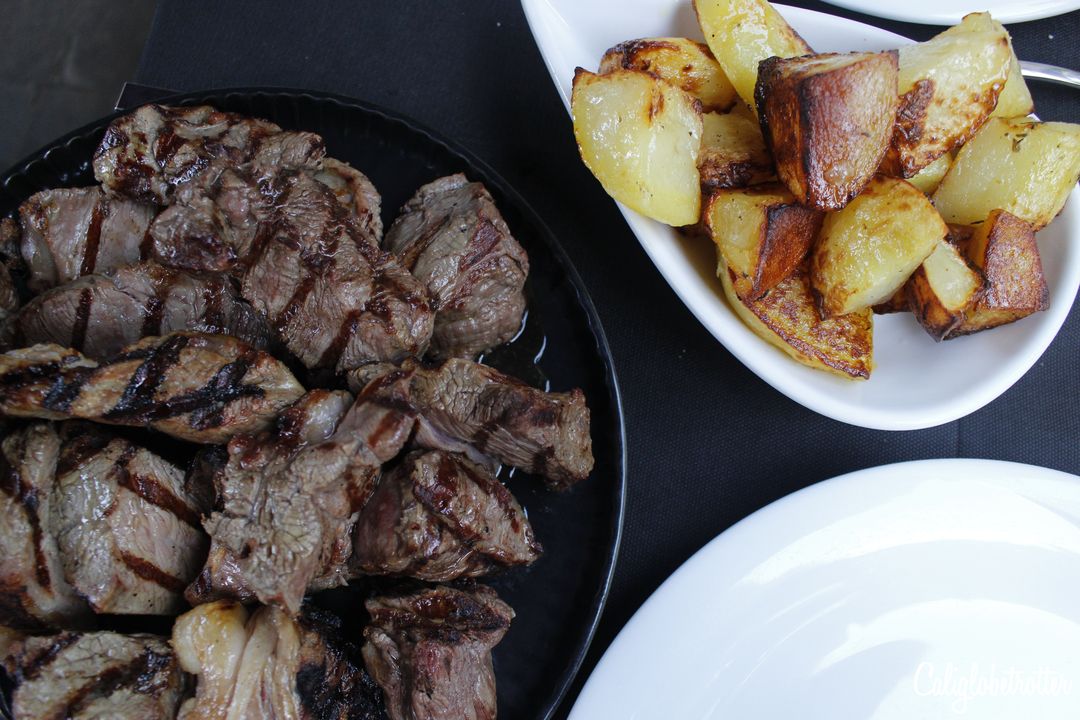
Wild Boar can be found in many shops and restaurants also offer dishes made from wild boar, either as a ragu or also as a salami.
“Nothing equals the joy of the drinker except the joy of the wine in being drunk” – French Proverb
Where to Eat in Chianti
Pasticceria Chianti – Greve in Chianti – we ate here twice for breakfast for their delicious Cornettos with chocolate or pistachio cream, accompanied by an espresso.
Address: Piazza Giacomo Matteotti, 26, 50022 Greve in Chianti FI, Italy
Sotto le Volte – Castellina in Chianti – located in the tunnels behind all the shops and restaurants is this romantic restaurant oozing with a wonderful ambiance. Here they serve up classic Tuscan dishes, including Bistecca al Florentine.
Address: Via delle Volte, 14/16, 53011 Castellina in Chianti SI, Italy
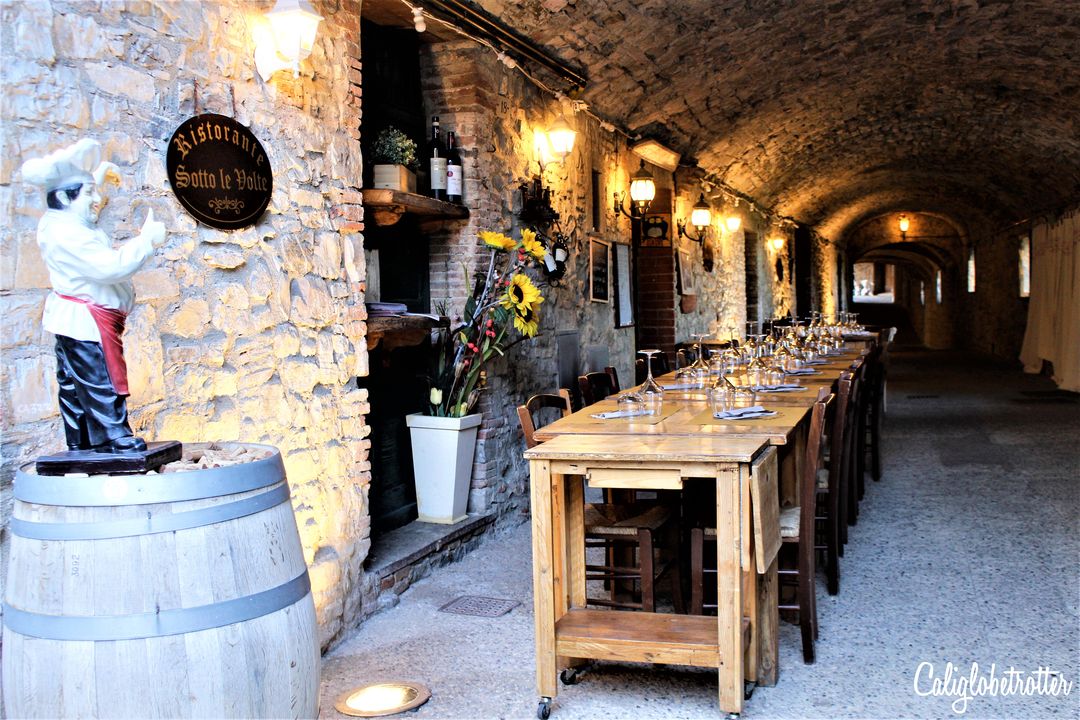
Osteria Il Re Gallo – Castellina in Chianti – Here we made a special reservation so that we could enjoy a classic Bistecca al Florentine.
A cask of wine works more miracles than a church full of saints. ~ Italian Proverbs
Overall Experience
We had an extremely lovely time. There are a few things I would have done differently if I could do it again. First of all, had I know in advance about booking our hotel directly from their website, I would have done that to have that extra experience of locally provided food.
I also would not have spent so much time going from one town to the next, but I’m such a lover of small charming towns, I felt that’s where we should have spent a good portion of our time, but now, once home, I know new things about the area, I would rather have spent more time instead hopping around from one winery to the next, but having a dog (who barks a bit), kept us from visiting too many wineries.
But if I could do the trip again, I would rather now have focused just on a few towns (Castellina in Chianti, Greve in Chianti and Radda in Chianti) and leave out the rest to make more time for visiting wineries.
And I’m sad to say, that overall, we didn’t eat out as often as I would have liked because we enjoyed cooking at home with some of the local produce and goods we bought while walking around towns. And in general, we didn’t drink too much wine while we were out and about, mostly because drinking in the heat is very hard for me as it just makes me hotter. However, we did buy local bottles of wine from shops, wineries and even the grocery store and had a bottle of wine every night on our terrace.
Looking for more practical information on Italy? Grab a copy the following travel guides which we found incredibly useful on our trip and has something for everyone from outdoor activities to historical sites!
 |  |  |  |
Disclaimer: This post contains affiliate links. If you click on one and make a purchase, I might make a little extra spending money, at no extra cost to you. As always, all opinions are my own and these products/services have been found useful during our travels and come highly recommended to you from yours truly!
Liked this post? PIN IT FOR LATER!!

Other related posts:
Coming Soon:
Florence
Siena: Italy’s Medieval Jewel in Tuscany
The Towerful Tuscan Town of San Gimignano
Volterra
Pisa
